Nylon Tubing
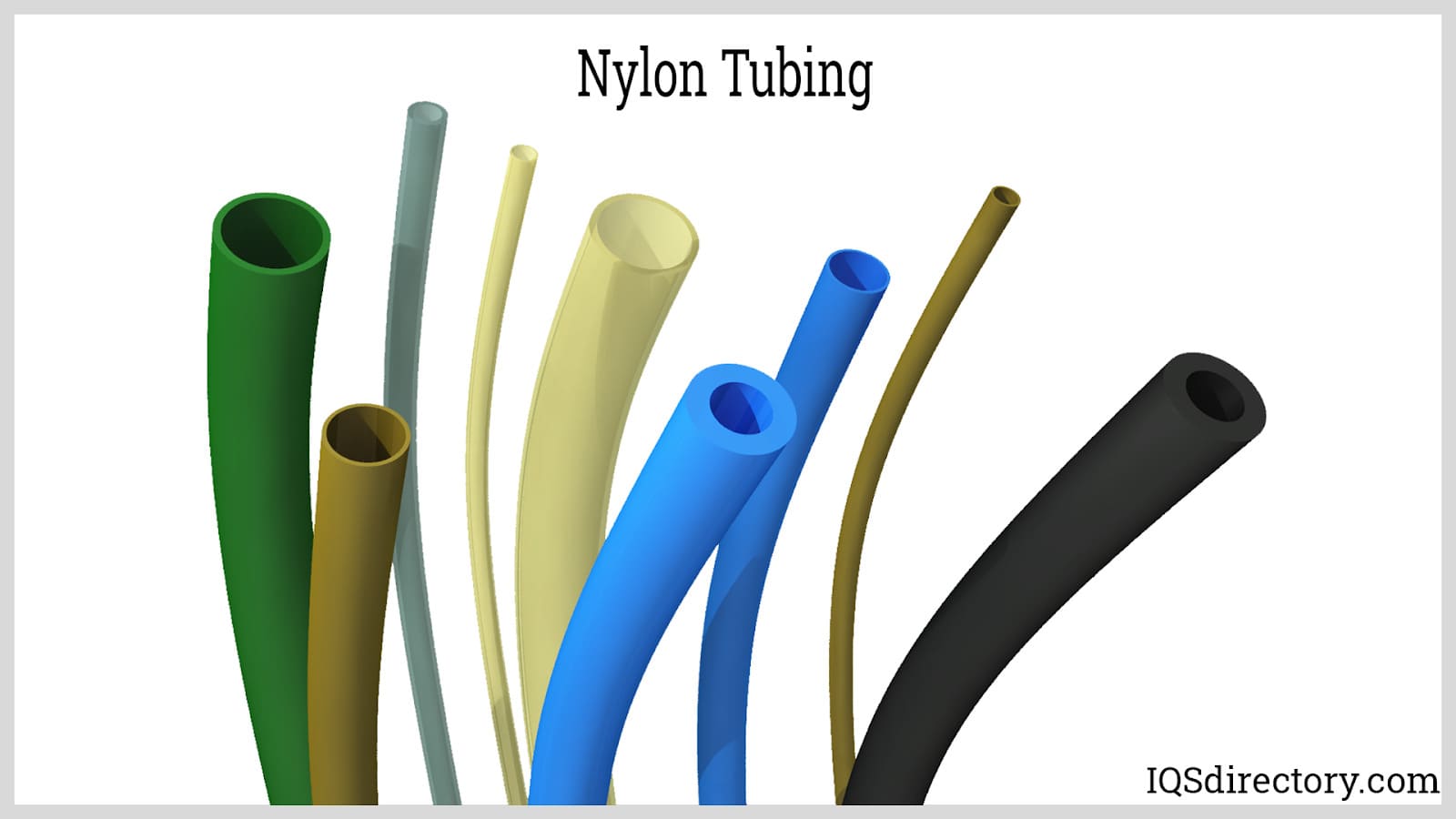
Nylon tubing, also known as polyamide tubing, is a type of tubing made from polyamide resin, which has a strongresistance to abrasion. It is used in high-pressure and high-temperature applications...
Please fill out the following form to submit a Request for Quote to any of the following companies listed on Plastic Tubing .
Here is everything you need to know about the manufacture of plastic tubing and its use.
You will learn:
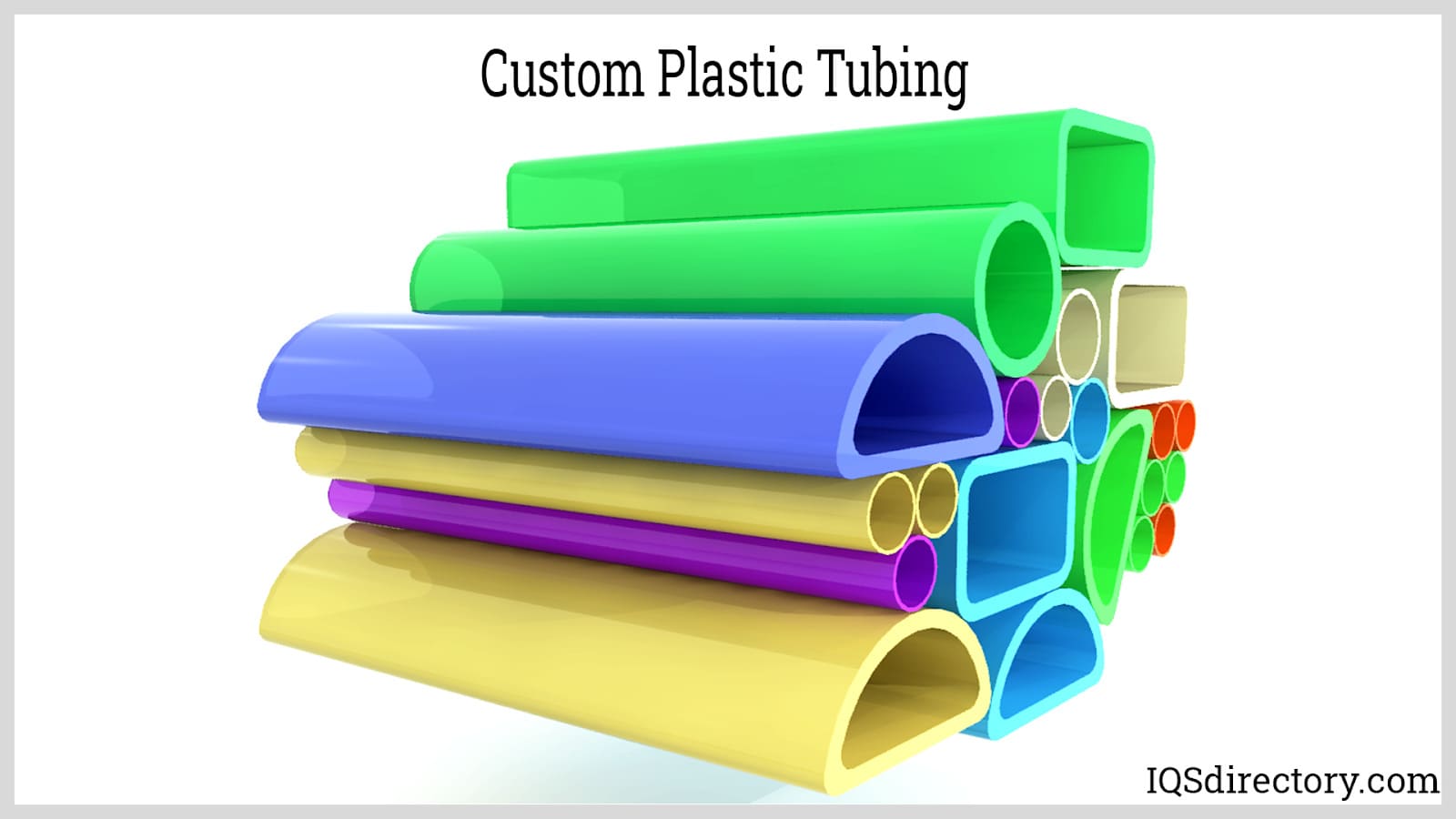
Plastic tubing is produced from a combination of polymers and diverse chemicals, creating a material that can be either rigid or pliable. Since its debut in the 1950s, plastic tubing has revolutionized industrial procedures and become essential to a wide array of uses.
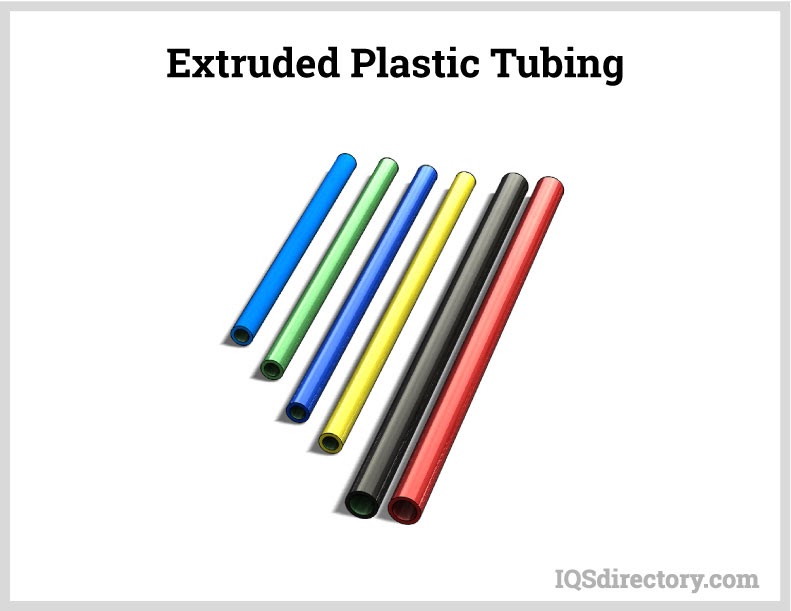
Renowned for its adaptability and flexibility, plastic tubing comes in numerous wall thicknesses, diameters, tolerances, and strengths. It is constructed from a variety of materials designed to accommodate specific needs in several applications.
The flexibility, durability, and adaptability of plastic tubing make it ideal for industrial applications that demand long-lasting performance, as well as for commercial use in consumer products and homes. The main advantages of plastic over materials like steel or aluminum include its strength, lightweight nature, and cost-effectiveness, as it is significantly less expensive to produce.
Pneumatic tubing is designed for flexibility and can handle the compression demands of pneumatic systems. It is well-suited for outdoor applications due to its ability to endure temperatures ranging from -4° F to 140° F (-20° C to -60° C), making it versatile for various environments and situations. Typically, plastic pneumatic tubing can withstand pressures of up to 115 PSI at 68° F (20° C).
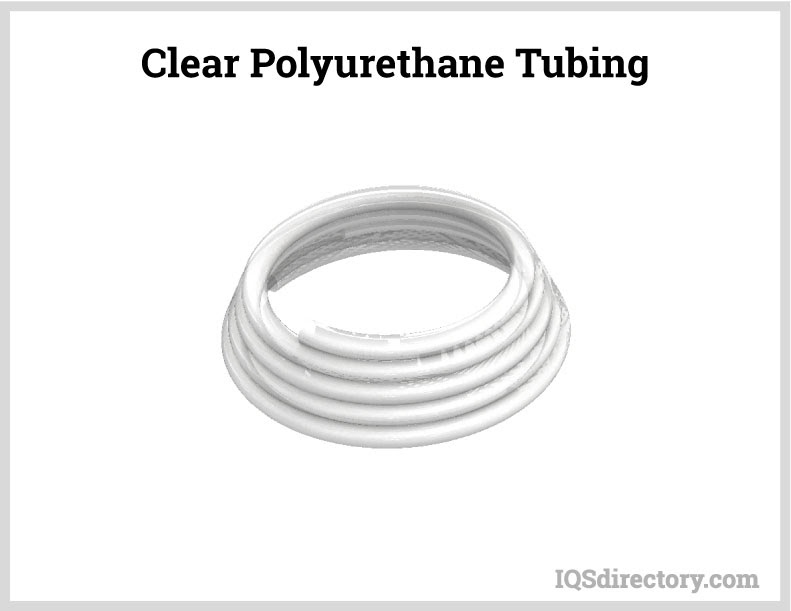
Clear plastic mailing tubes are used to deliver literature, samples, and promotional materials. Constructed with heavy, thick walls, these tubes are designed to withstand the rough handling often encountered during mail delivery. They are available in a wide range of lengths and diameters to accommodate various needs.
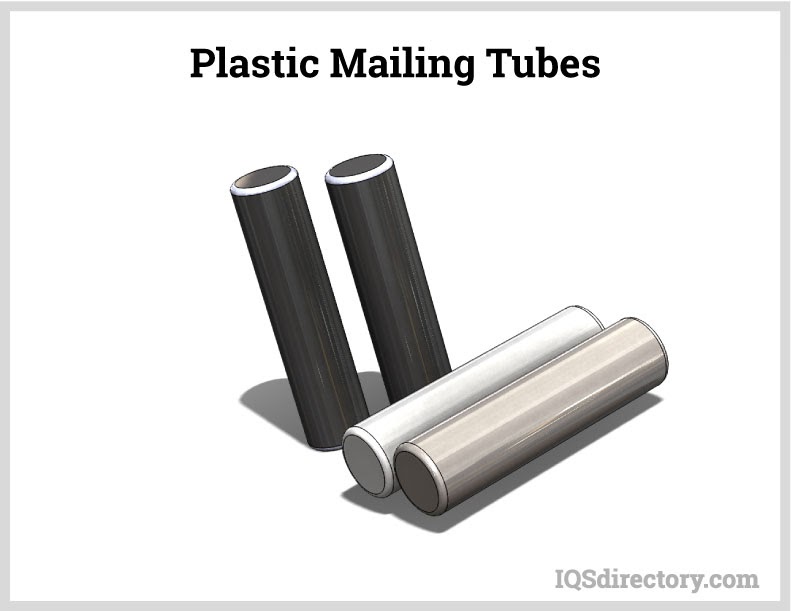
In banking, plastic tubing is used in two primary ways. First, the long tubes extending from the teller to the customer are made from thick-walled, durable plastic. Second, the carriers that transport customer transactions through these tubes are also constructed from sturdy, thick-walled plastic.

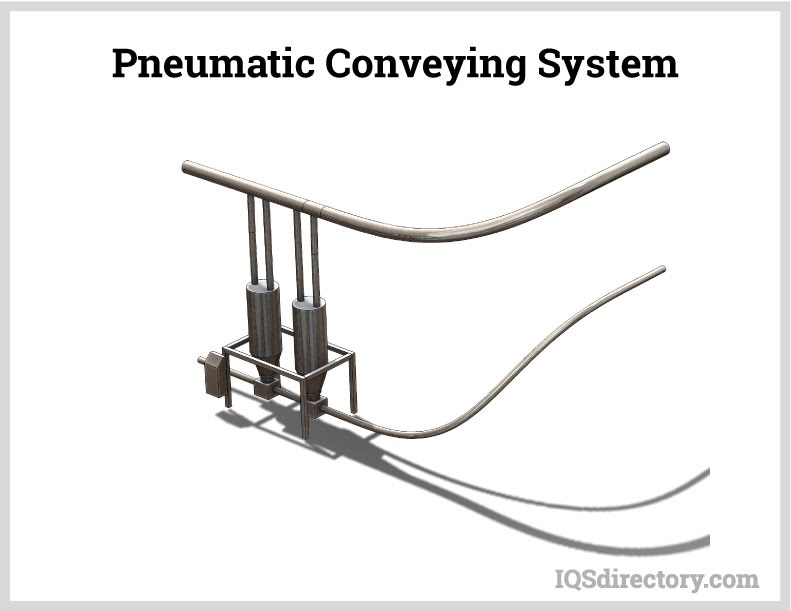
In farming, plastic tubing is commonly used for water systems due to its ease of installation, durability, and resistance to corrosion and rust. A key advantage of plastic tubing in agricultural applications is its ability to run for hundreds of feet without requiring joints or connectors.
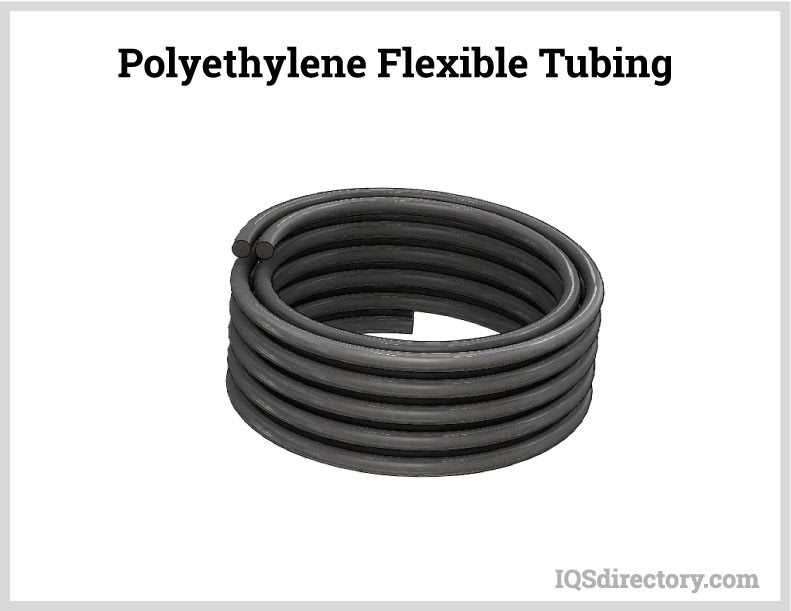
Different types of plastic tubing are employed for moving liquids. When used for drinking beverages, the tubing must be FDA-approved and meet specific standards for pressure, temperature, and cleanliness. Plastic tubing for liquids can be made from materials such as silicone, polyurethane, polyethylene, nylon, or PVC.
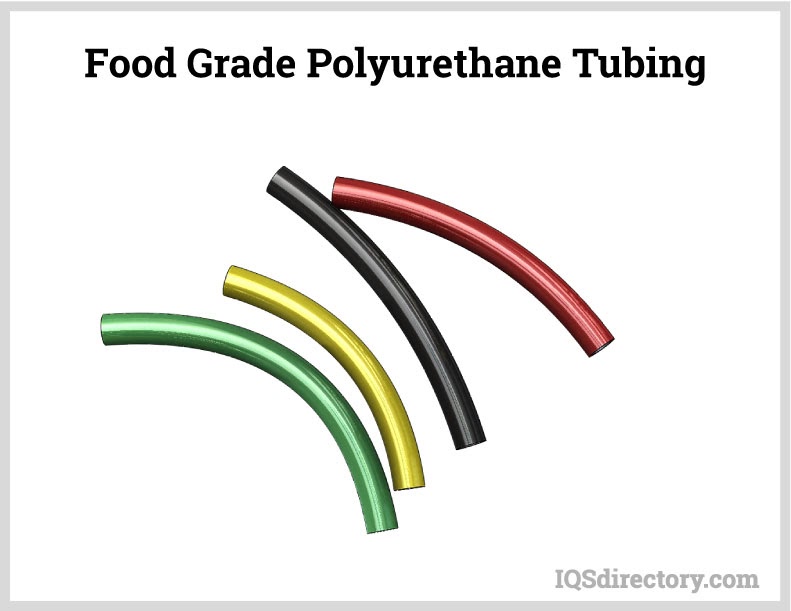
Plastic plays a crucial role in automotive construction. Plastic tubing is commonly used for fuel lines and fuel fillers due to its flexibility and durability.
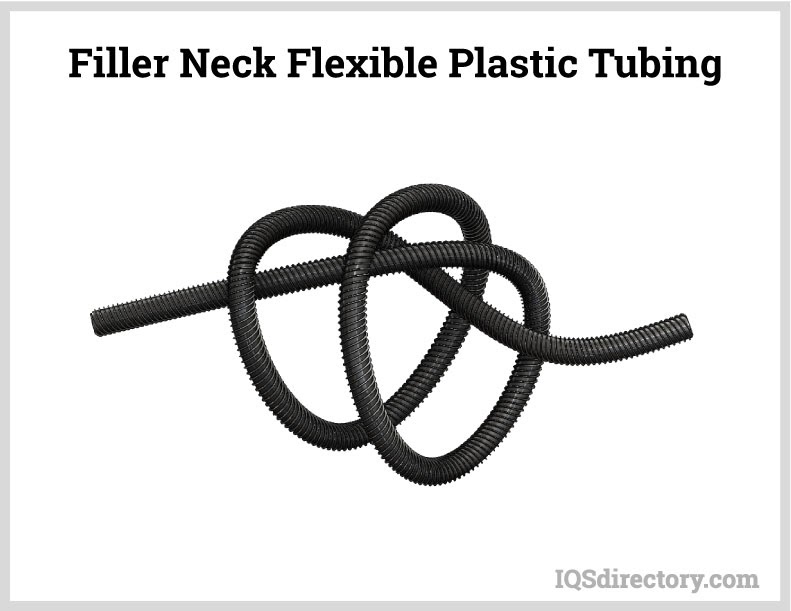
Much like in automobiles, plastic components are integral to marine equipment. For example, bilge pump tubing on boats is often made from PVC due to its abrasion resistance and flexibility. The heavy-duty properties of PVC tubing also make it resistant to chemicals and oils.
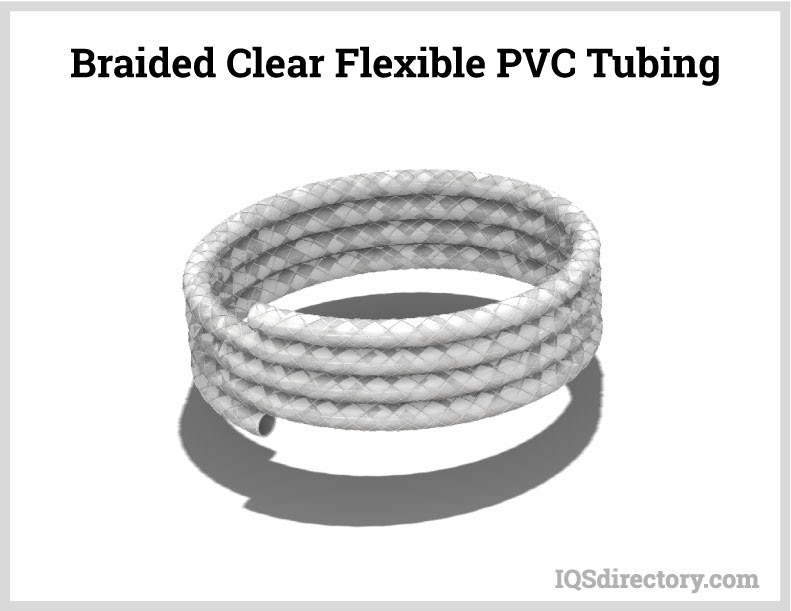
Medical tubing is designed for delivering fluids to and from the body and is produced as small, intricate custom plastic extrusions. It must be manufactured in a controlled environment to prevent contamination. Medical-grade tubing can feature single, dual, or triple lumens and is available in various lengths or as continuous reels.
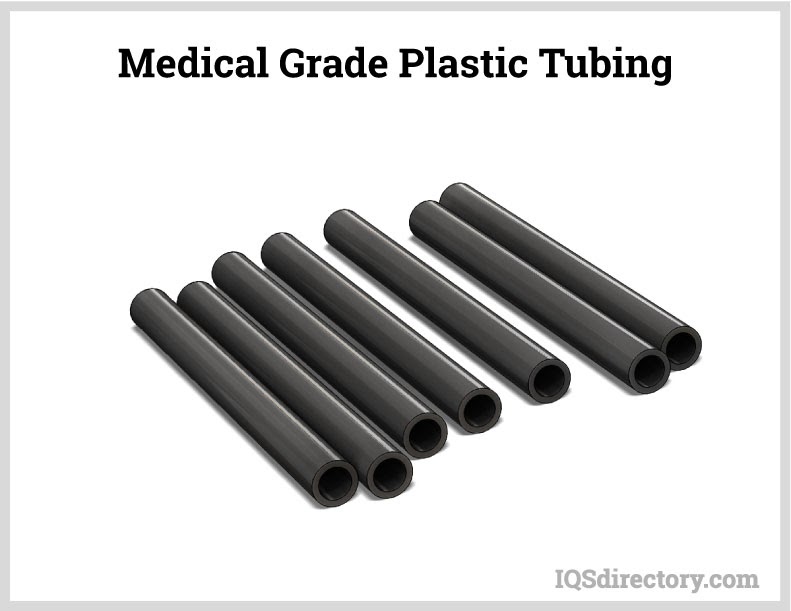
Peristaltic, or roller pumps, are designed to move liquids through flexible plastic tubing. A rotor with wipers attached to its circumference turns and squeezes the tubing, which moves a liquid at an even rate.
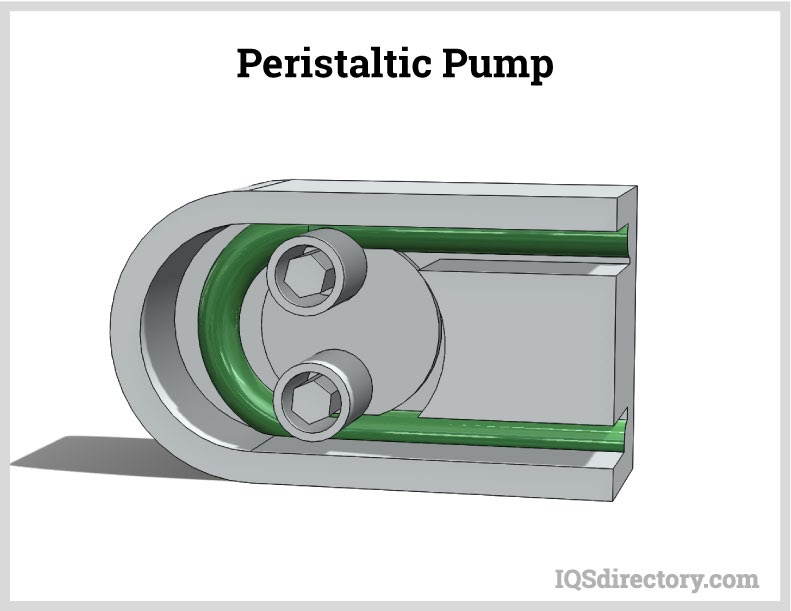
Plastic tubing is manufactured using two primary methods: extrusion and pultrusion. In extrusion, molten plastic is forced through a die, shaping it into the desired form. In contrast, pultrusion involves pulling the molten plastic through the die, allowing it to solidify into its final shape.
The extrusion process involves several key steps. Initially, polymer resin, known as nurdles, pellets, granules, flakes, or powder, is loaded into a hopper mounted on the extruder's barrel. From the hopper, the resin travels down through the feed throat into the barrel, where a screw pushes it towards the die. As the resin moves through the barrel, it is gradually heated to its melting point. The extrusion process employs advanced equipment to meticulously control temperature, speed, force, tension, and duration to ensure precise results.
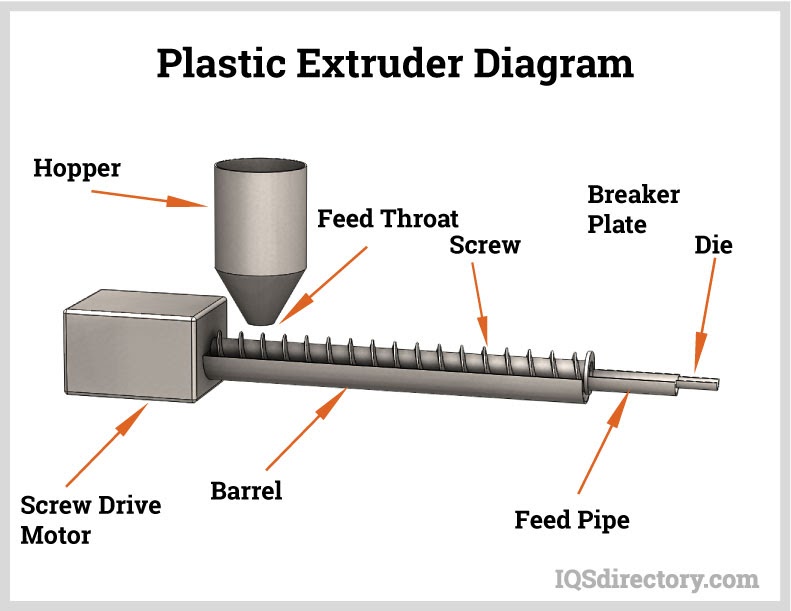
Both flexible and rigid tubing are produced through the extrusion process. Coextrusion allows for the combination of two or more materials to create tubing with a rigid core and a flexible outer layer.
Modern extrusion processes are overseen by computerized equipment to ensure that the final cross-section precisely matches the engineered design.
Pultrusion, similar to extrusion, is a continuous feed process used to create tubing profiles. However, unlike extrusion, pultrusion involves pulling reinforced fibers, which are pre-wetted with a thermoplastic resin, through a die. During this process, polymerization occurs as the fibers pass through the die.
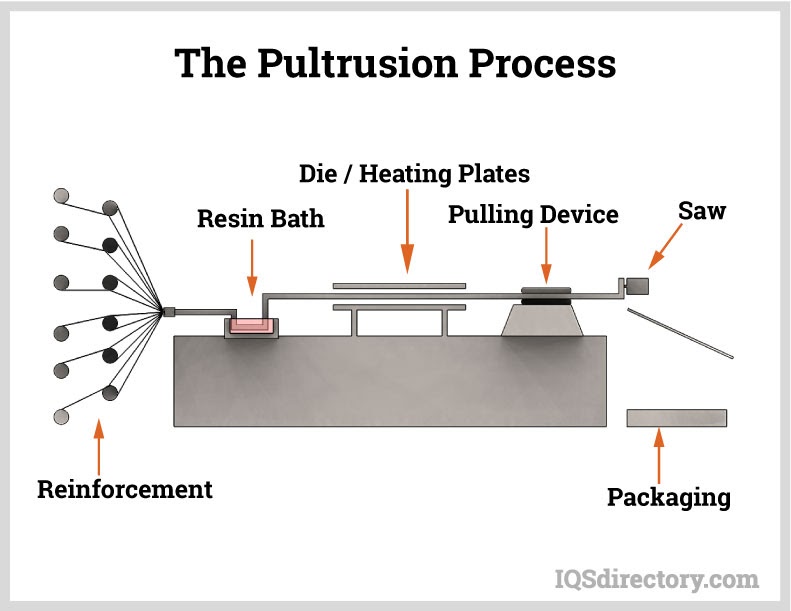
Pultrusion is an efficient and low-maintenance process for producing plastic tubing. It results in tubing that boasts both corrosion resistance and good thermal conductivity.
Acrylic tubing is clear, impact and UV-resistant, and half the weight of glass. It is used in a wide variety of applications from lighting to various industrial processes.
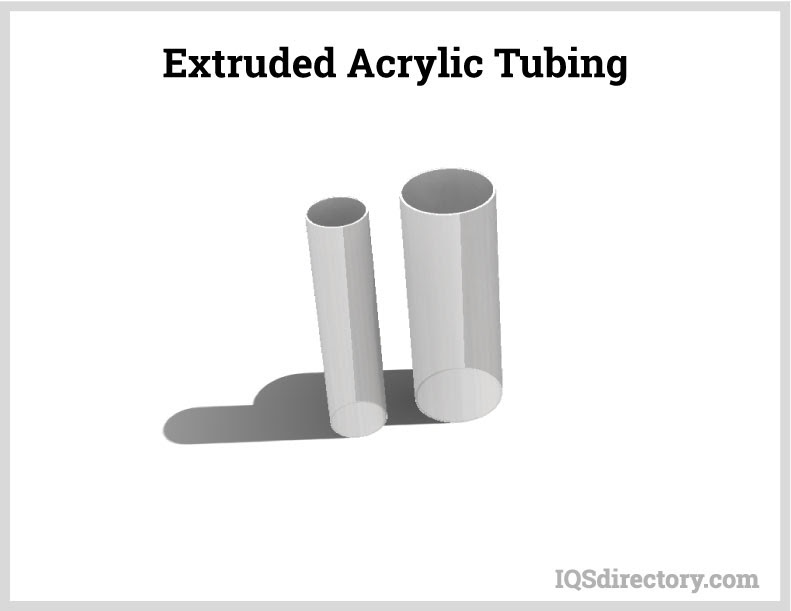
PVC tubing is renowned for its resistance to chemicals, corrosion, abrasion, and wear, while offering excellent flexibility. It is widely used across various industrial applications.
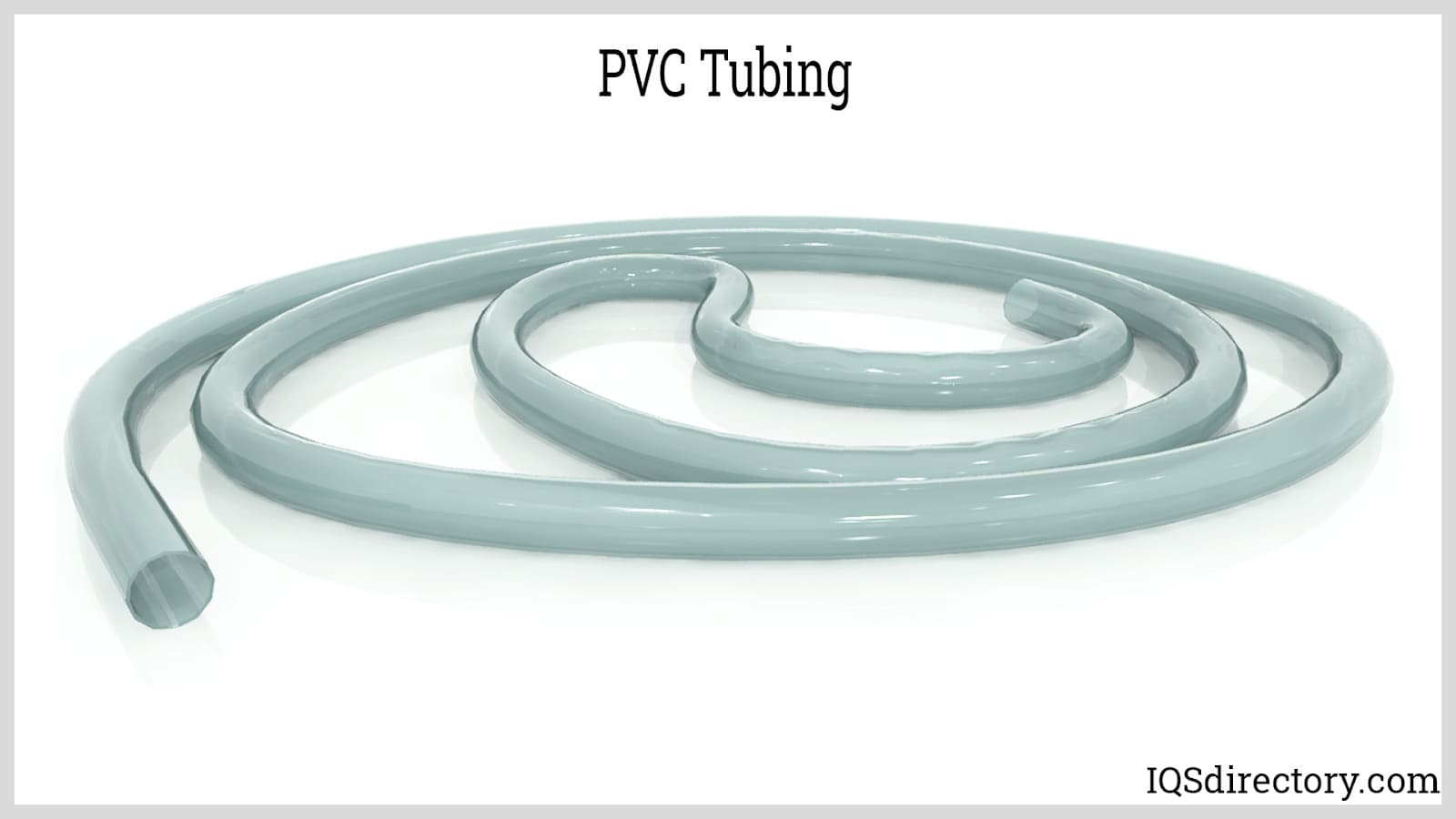
The primary distinction between CPVC and PVC is that CPVC offers greater corrosion resistance at higher temperatures.
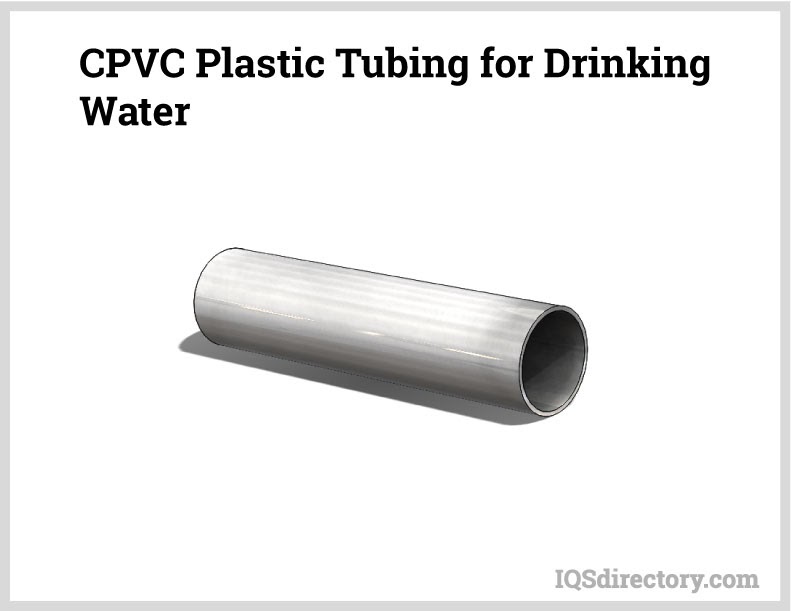
Fiberglass plastic tubing is produced through pultrusion, combining fiberglass with thermoset polyester or vinyl. Available in hundreds of shapes, it offers resistance to corrosion and UV rays. Fiberglass tubing is often used as an electrical insulator and is known for its dimensional stability.
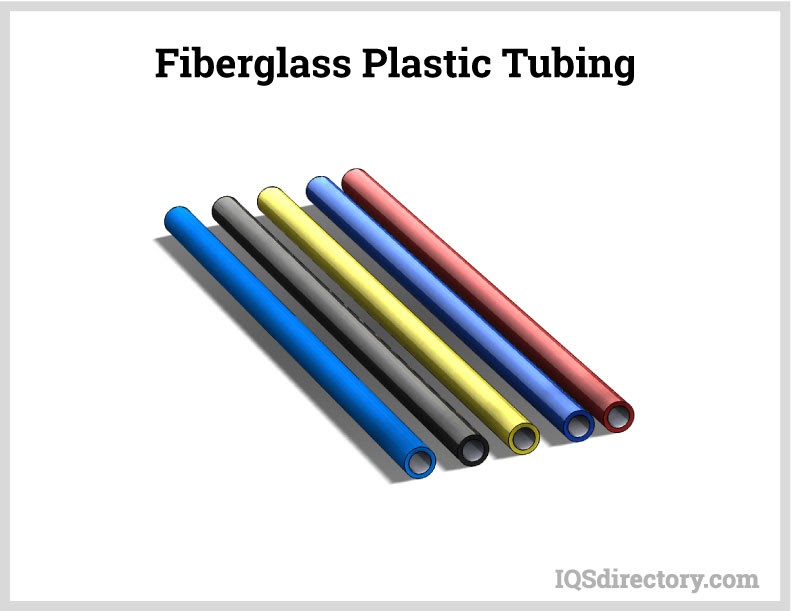
Nylon tubing is lightweight and has corrosion and abrasion resistance, which makes it useful for a variety of industrial applications. It has excellent elastic memory that makes it capable of being flexed multiple times over long periods without exhibiting fatigue or fracturing. Nylon tubing is impact-resistant, even at below freezing temperatures and has very low moisture absorption.
Polycarbonate tubing is designed to withstand harsh environments. It combines lightweight strength with flame and impact resistance. Additionally, polycarbonate tubing can be machined and drilled without risk of cracking.
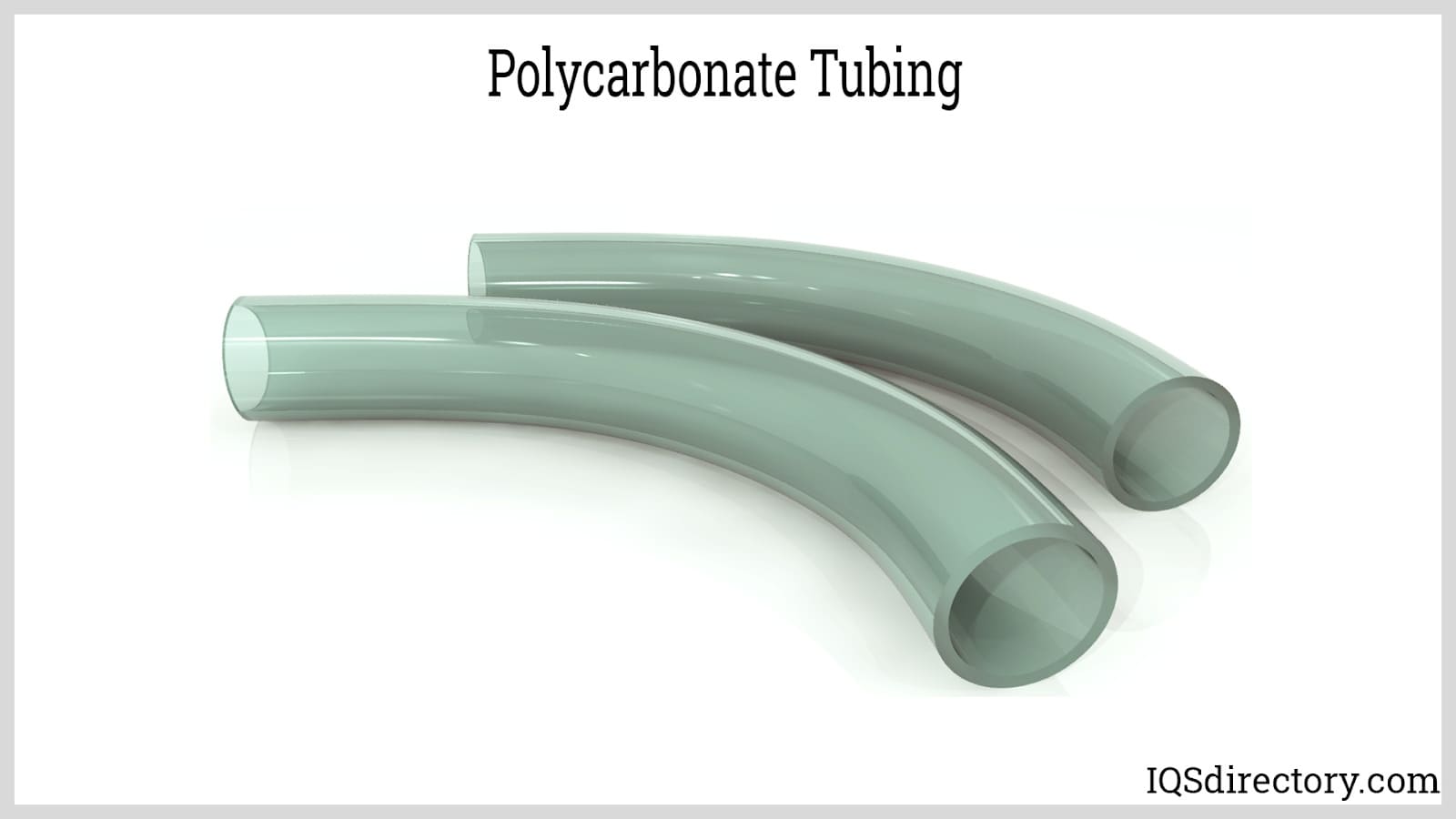
Polyethylene tubing features a waxy, durable texture and is valued for its resistance to erosion from water and chemicals. It exhibits exceptional resistance to cracking even under challenging environmental conditions.
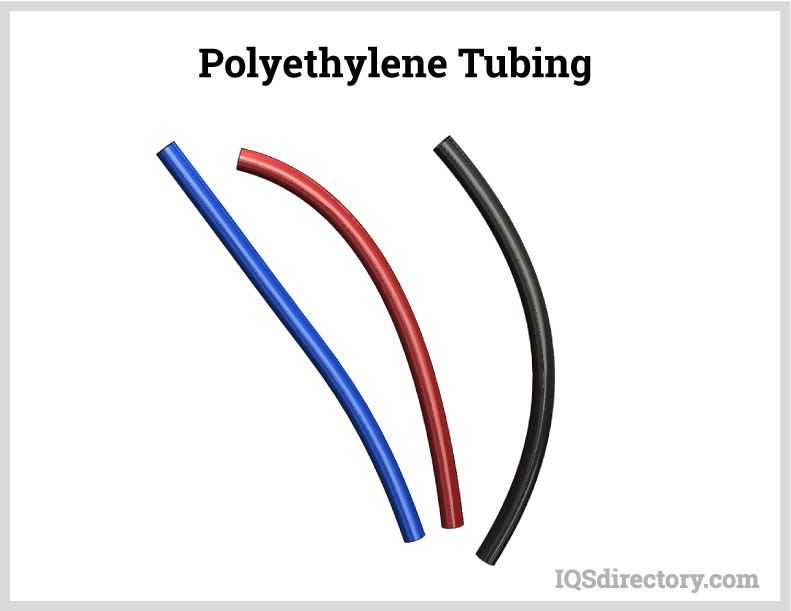
Polystyrene tubing is lightweight, flexible, and durable, making it ideal for safely transporting fluids and gases. It offers excellent vapor and moisture resistance and is available in burst prevention rates that meet heat resistance standards.
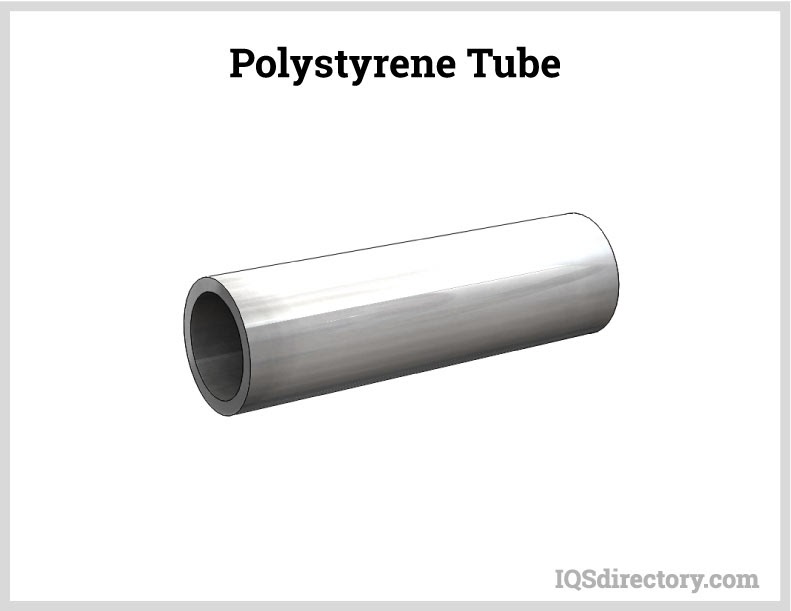
Silicone tubing is favored in medical applications for its cleanliness and non-toxicity. It shares similar elasticity with rubber tubing, providing flexibility in its use. Rated by the NSF for food-grade temperatures, silicone tubing can operate within a temperature range of -100°F and 500°F (-73°C to -260°C).
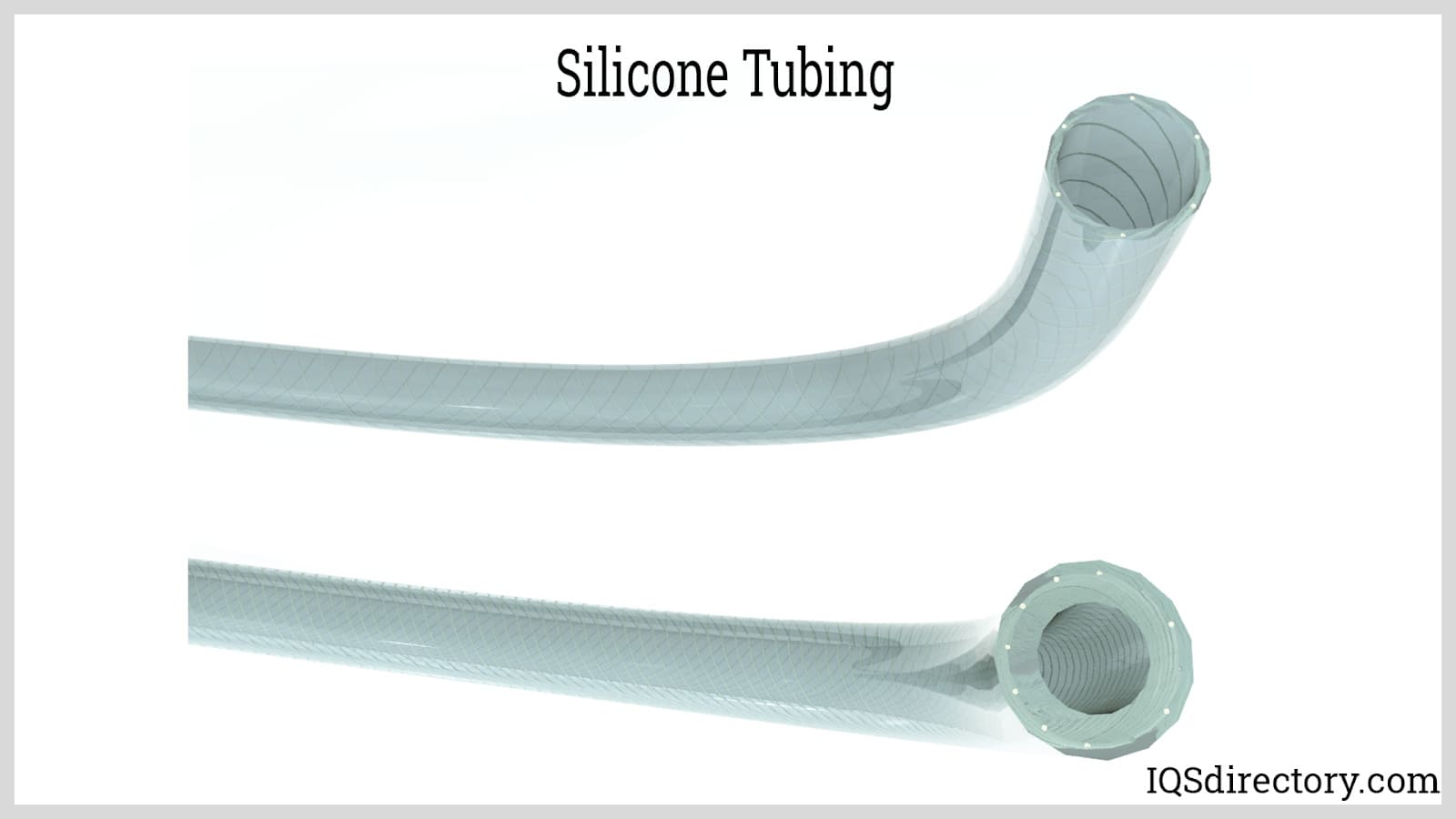
PVC, or polyvinyl chloride, is the most commonly used type of vinyl tubing. It is known for being resistant to chemicals, lightweight, exceptionally strong, non-toxic, transparent, and having a high melting point.
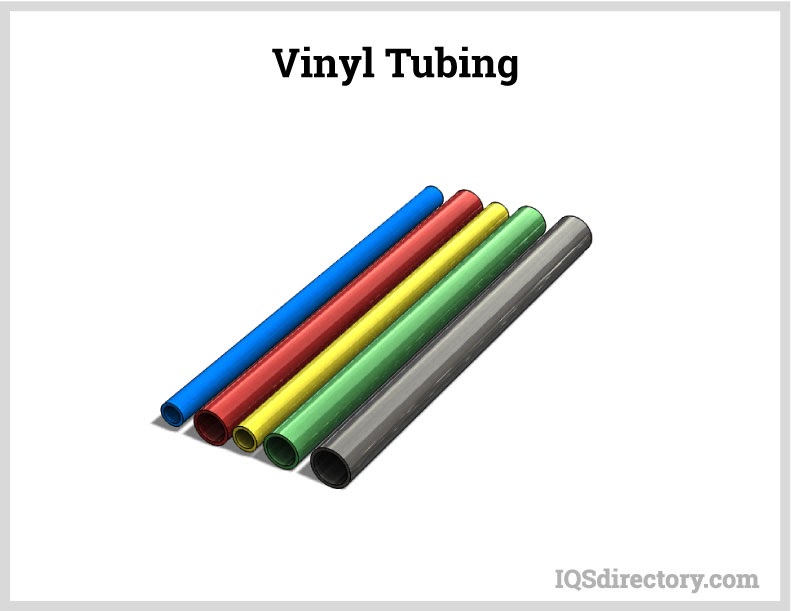
Polypropylene tubing is quite similar to polyethylene but offers greater rigidity, a higher melting point, and can be made optically clear. It is also resistant to punctures and chemicals. This tubing is suitable for environments with temperatures ranging from freezing to 275°F (135 °C).
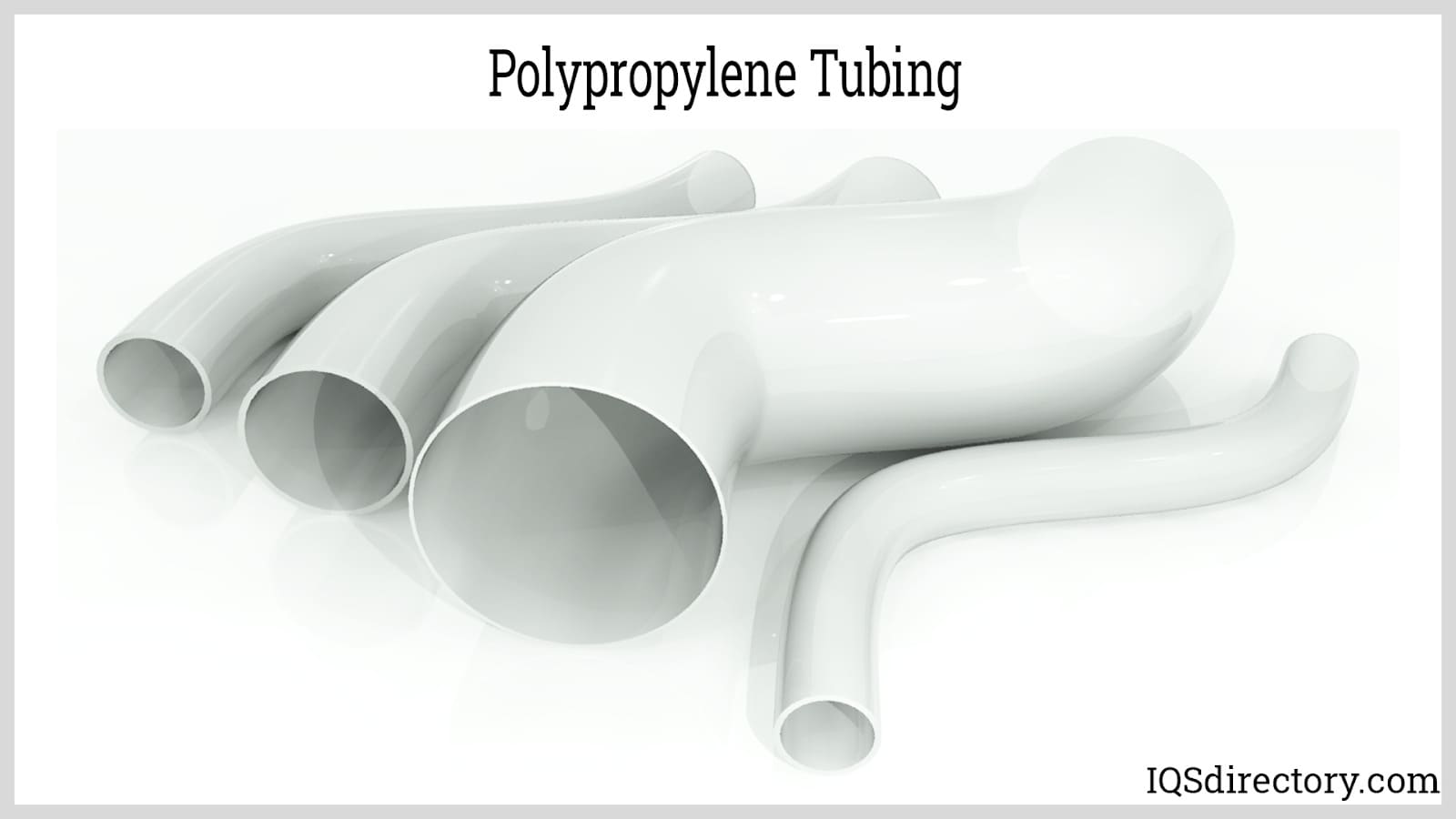
High-density polyethylene (HDPE) tubing boasts an excellent strength-to-density ratio and has a low risk of shattering, corrosion, and other failures. It is commonly used for transferring water, air, and chemicals. HDPE can be sterilized by boiling, withstand high pressure, and resist abrasion.
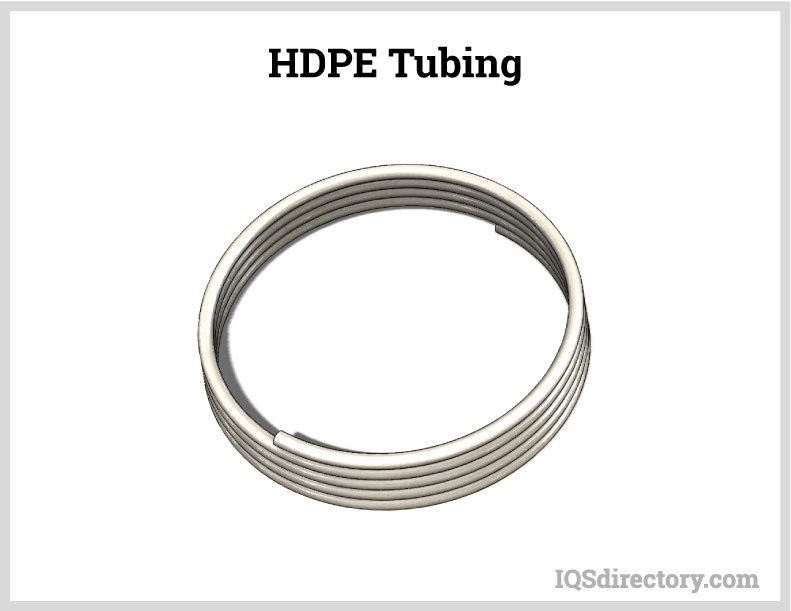
PTFE tubes are flexible and can withstand temperatures ranging from -390°F to 500°F (-234°C to 260°C). They are resistant to corrosive liquids and gases and will not crack even in high-temperature environments. PTFE tubes are commonly used in laboratories and chemical operations.
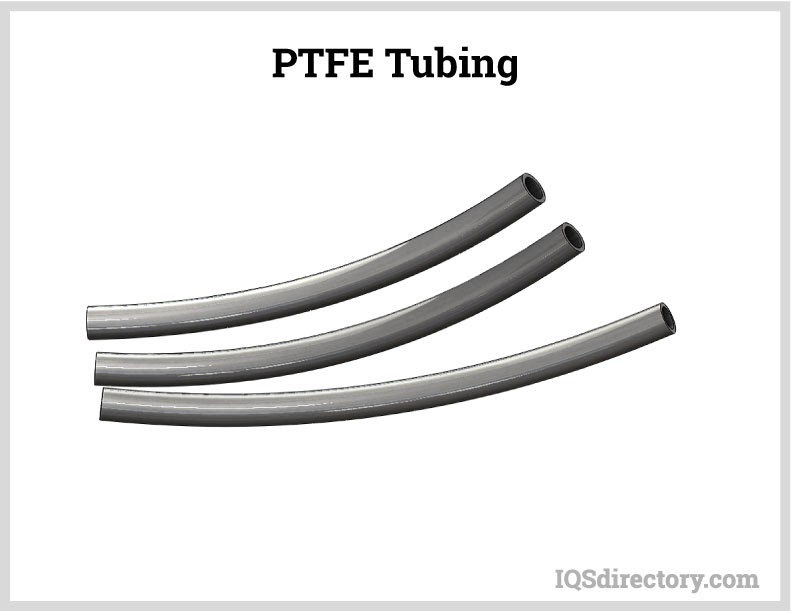
EVA tubing is flexible, impact-resistant, and can withstand very low temperatures. It is also resistant to grease, oil, and UV rays. Commonly used in hospitals, surgical environments, and the pharmaceutical industry, EVA tubing operates within a temperature range of -76°F to 140°F (-60°C to 60°C) and meets FDA standards.
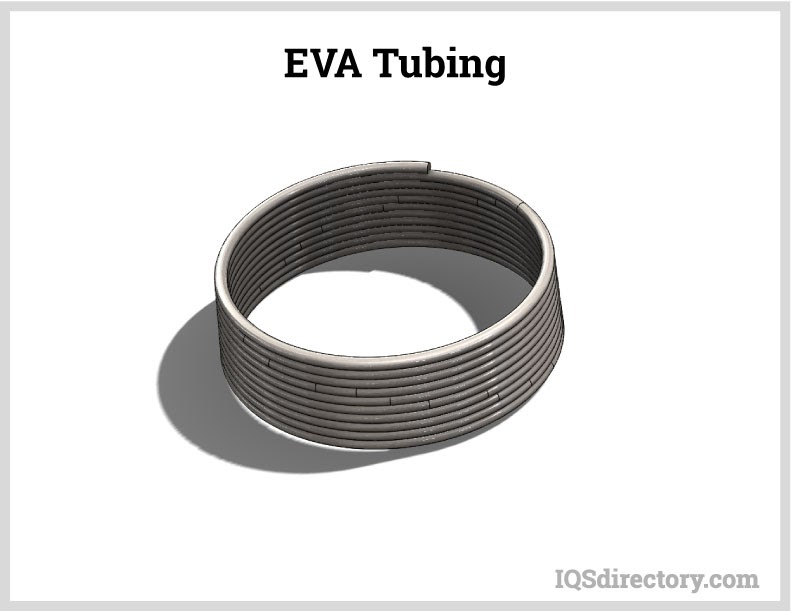
Polyurethane (PU) tubing is highly resistant to abrasion while remaining flexible and kink-resistant, with excellent memory properties. It can stretch and flex easily but returns to its original shape. PU tubing is ideal for high-pressure and medical applications, as well as situations where flexibility is crucial. Its resistance to gasoline, oils, and other petrochemicals makes it a popular choice for fuel lines and similar uses.
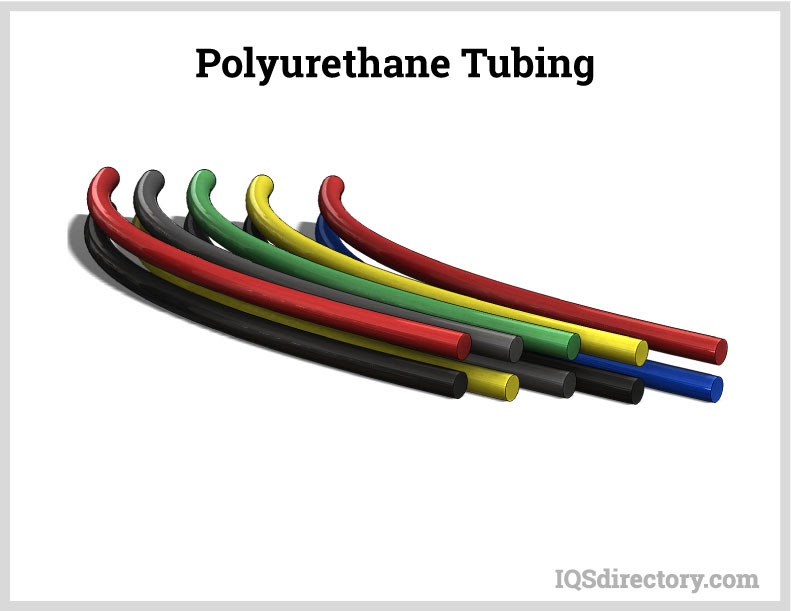
In the United States and Canada, there are numerous machines available for producing plastic tubing. These machines are crucial in today's manufacturing industry, as they facilitate the efficient production of plastic tubing used in a wide range of applications, including irrigation parts, medical devices, automotive components, and more. Below, we discuss some of these leading machines.
Features/Characteristics: Davis-Standard's Thermatic® series extruders are known for their versatility, enabling the production of a wide range of plastic tubing in various sizes, shapes, and materials. These extruders provide excellent process control, uniformity, and high output rates, making them a popular choice across different industries.
Features/Characteristics: Milacron's TP series extrusion machines are renowned for their efficiency and precision in plastic tubing production. Equipped with advanced controls and automation systems, these machines allow for easy adjustments and process optimization. The TP series is highly valued for its high throughput, reliability, and ease of maintenance.
Features/Characteristics: Conair's MedLine® extruders are specifically engineered for medical tubing applications, making them a popular choice in the healthcare industry. These machines provide exceptional quality control and cleanliness to meet stringent medical standards and include features that minimize contamination risks during production.
Features/Characteristics: Arburg's ALLROUNDER series injection molding machines are renowned for their precision and versatility. While typically used for injection molding, some models in this series can also produce plastic tubing via "tube molding" or "pipe molding" processes. These machines are praised for their high repeatability and are capable of mass-producing complex tubing designs.
Features/Characteristics: Wilmington Machinery's Series III blow molding machines excel in producing hollow plastic tubing, including bottles and containers. They are designed to ensure consistent wall thickness, excellent dimensional accuracy, and rapid cycle times, making them ideal for high-volume manufacturing.
It's important to note that technological advancements and evolving industry trends may have led to the development of newer and more advanced machines since this posting. For the most up-to-date information on leading machines for plastic tubing production in the United States and Canada, it is advisable to consult manufacturers, suppliers, and industry experts.
Given the wide range of materials and applications for plastic tubing, selecting the right type for a specific use requires careful consideration of the desired properties. While plastic is a versatile and durable material, the challenge lies in determining the specific features needed for the application.
Assessing the mechanical properties of a material, including its tensile strength, is crucial when selecting the appropriate plastic. Tensile strength measures how much stress a plastic can withstand before breaking, and it varies between 12,400 psi and over 20,000 psi. The chart below provides a comprehensive list of various plastics and their tensile strength in megapascals at 73°F (23°C).
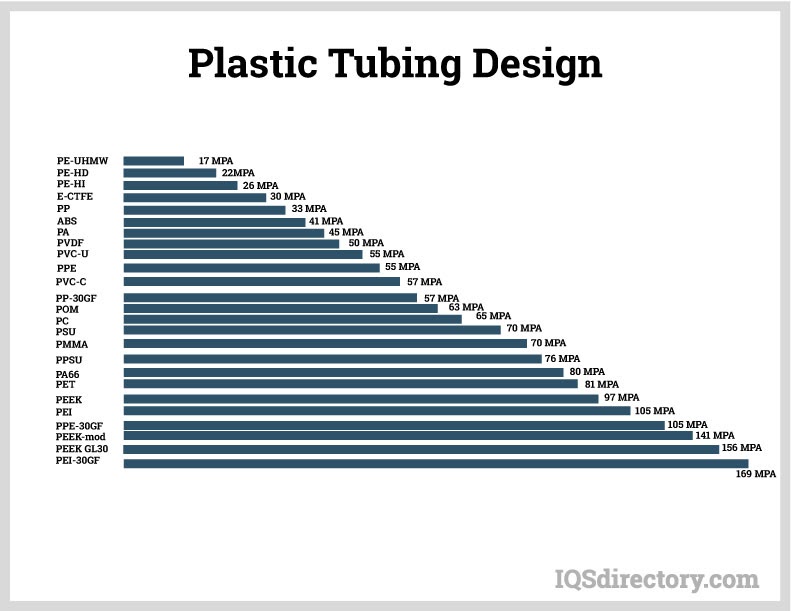
Tubing is measured by its inside diameter (ID) and outside diameter (OD), which can range from 0.125" to 4" (0.3 to 10 cm). The difference between the ID and OD represents the wall thickness, which is a key factor in determining the strength of the tubing.
Wall thickness is calculated by subtracting the inside diameter (ID) from the outside diameter (OD) and then dividing the result by two.
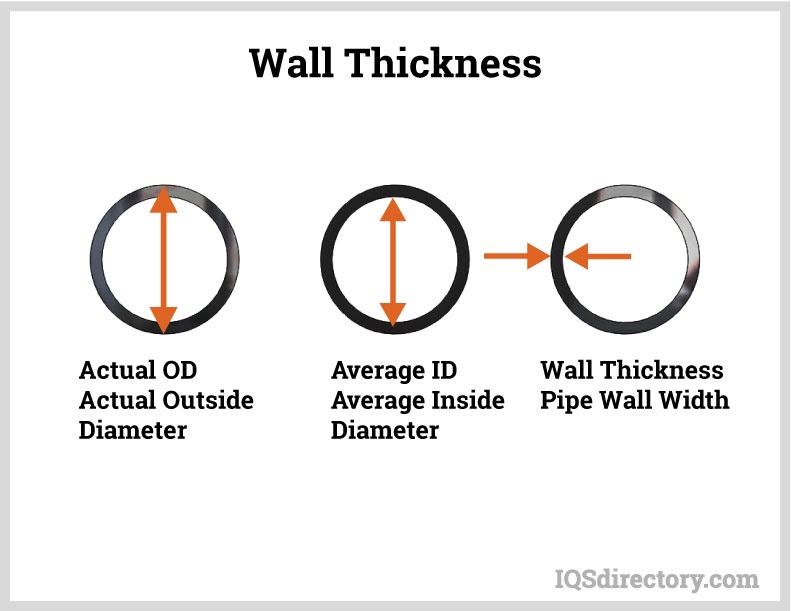
The flexibility of plastic tubing depends on the material used in its manufacture. PVC, polyurethane, and silicone are all flexible materials, with silicone being the most flexible of the three.
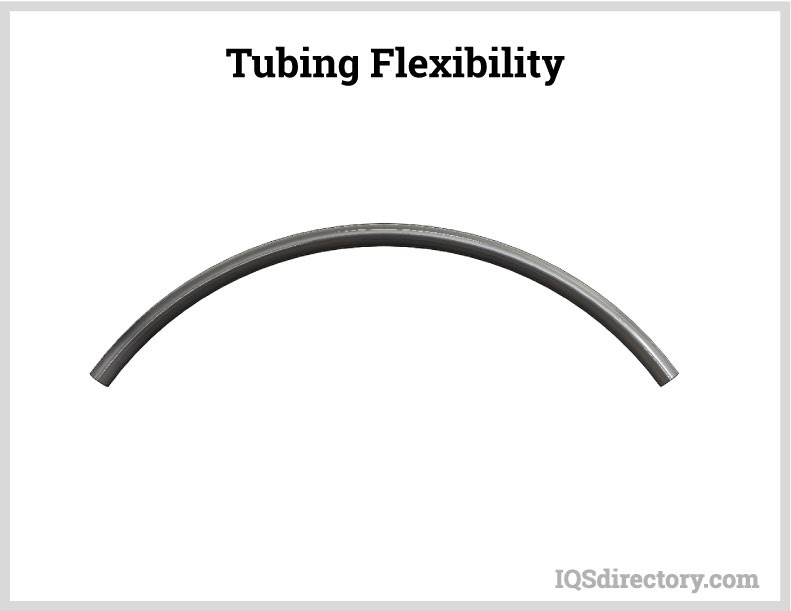
Plastic tubing fittings come in various types, including compression, push-to-connect, quick turn, threaded, barbed, socket, and flanged. The choice of fitting should be based on the specific application and how the tubing will be used.
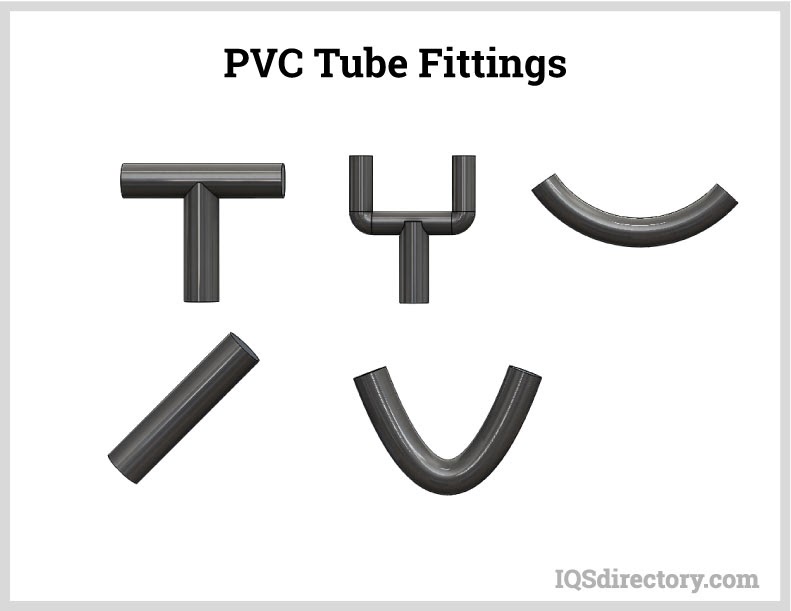
Plastic tubing is available in an almost limitless range of colors, including translucent and clear options.
Plastic tubing can be manufactured to any length, tailored to the specific needs of the application. It can range from just a few inches to several hundred feet.
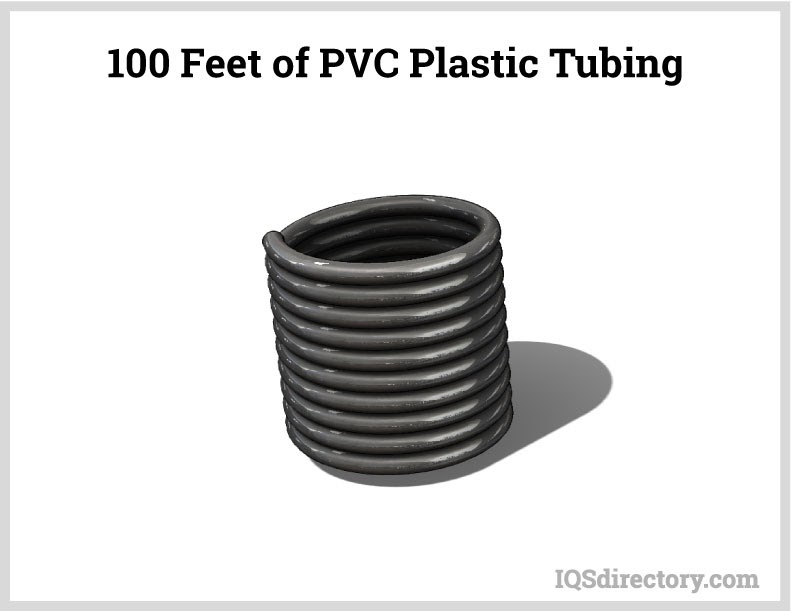
When comparing the cost of plastic tubing to steel or stainless steel in terms of tensile strength, steel and stainless steel are significantly stronger. However, the primary advantage of plastic tubing is its cost. While a few stainless steel tubes may cost as much as hundreds of flexible plastic tubes, plastic offers a more economical alternative.
The durability and strength of plastic tubing are influenced by its wall thickness and the resin blend used. The strength of plastic tubing is directly related to the amount of stress it can withstand. Plastic can endure significant stress before failing, making it quite resilient.
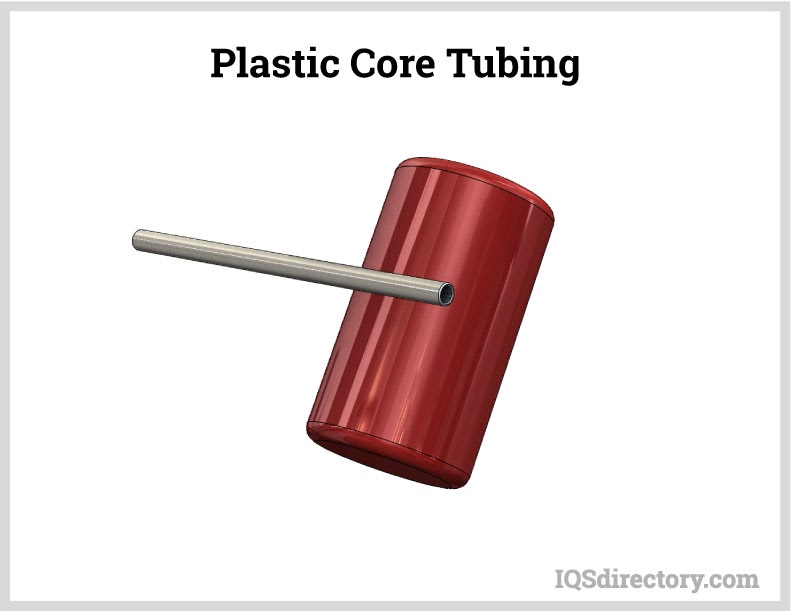
All plastics are resistant to corrosion, but the degree of resistance varies depending on the type of polymer used. Polyolefins and PVC are among the most corrosion-resistant plastics. Polyolefins include polyethylene and polypropylene, which are available in various densities and molecular structures to facilitate design versatility.
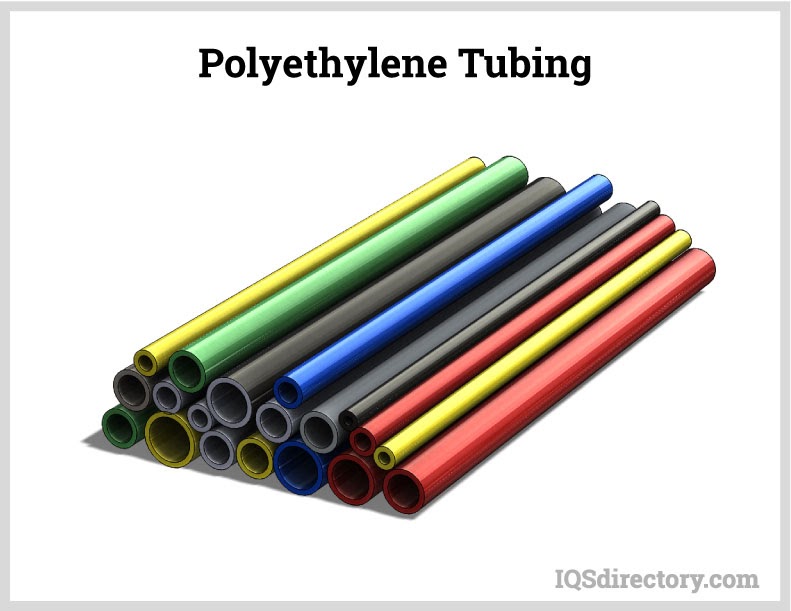
Resins used for plastic tubing can be manufactured with antimicrobial properties integrated into the pellets. This feature is essential for applications such as food storage, coolers, water tubes, and medical tubing. The antimicrobial additive helps prevent contamination and ensures that the tubing remains sanitized.
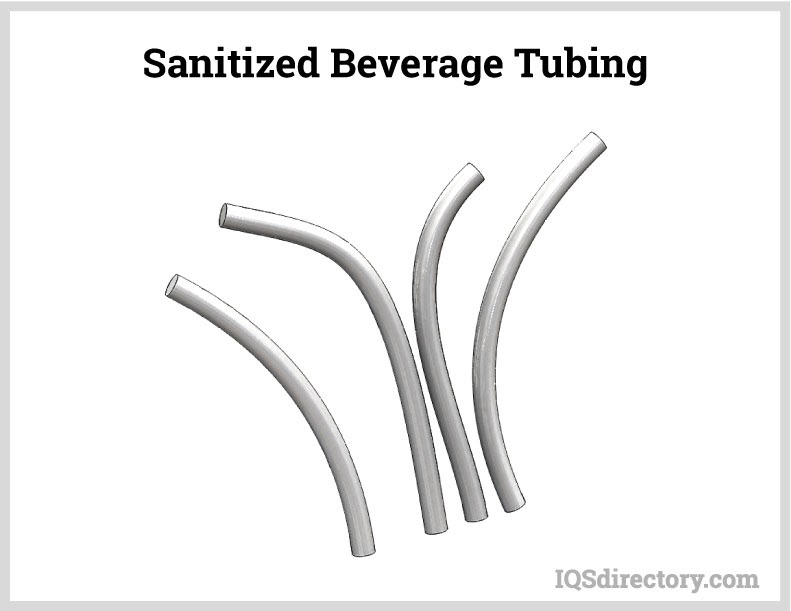
Plastic products can potentially be toxic, with the level of toxicity depending on the type of resin used in their production. When deciding to manufacture plastic tubing, it is important to consider the potential toxicity of the materials as part of the design process.
The characteristics of plastic tubing depend on the materials, configuration, and manufacturing methods used. While surgical and industrial tubing can have vastly different applications, all plastic tubing shares certain common features despite these variations.
Plastic tubing serves as a hollow shaft designed to transport gases, fluids, or solid, flaky materials. While circular profiles are most common, plastic tubing can also be made in various shapes, including hollow designs.
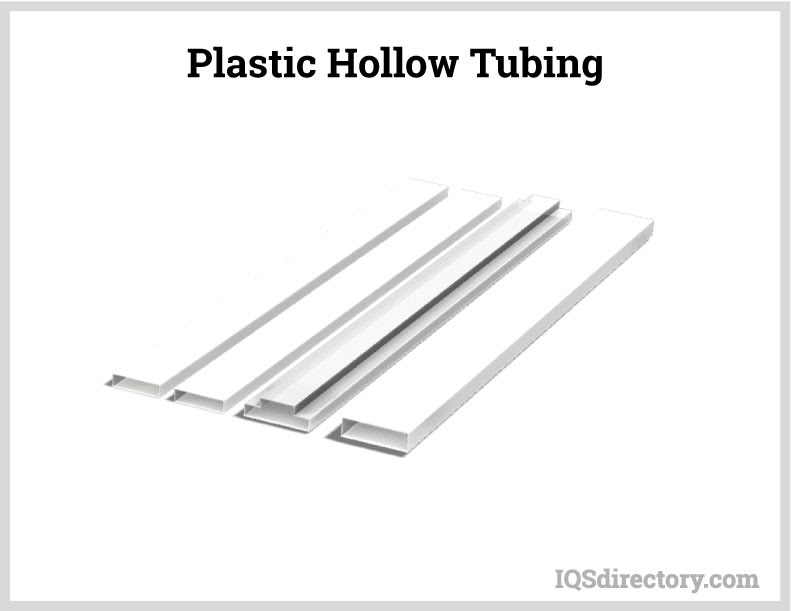
Plastic tubing is made from different types of plastic, all originating from a polymer base. This material is chosen for its strength, durability, resistance to corrosion and rust, and cost-effectiveness.
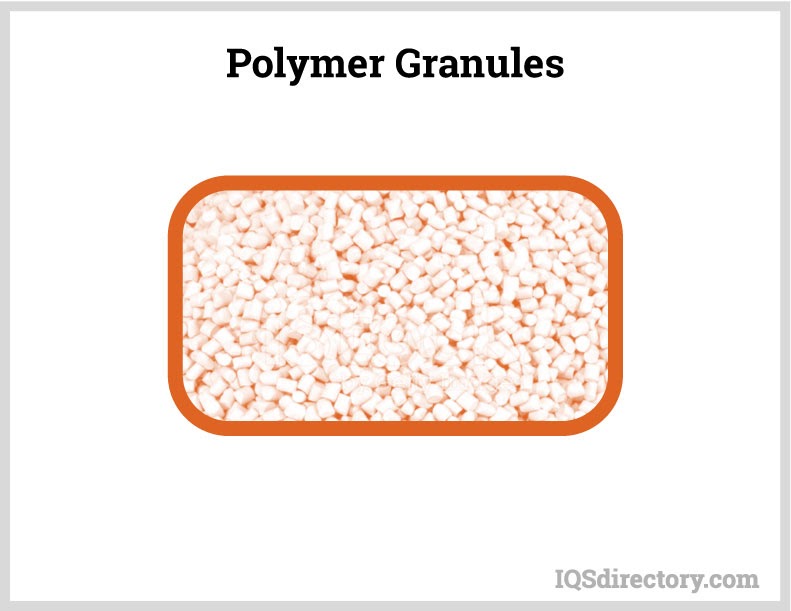
The strength, durability, and transparency of plastic tubing depend on the materials used in its production. Despite these differences, plastic tubing remains one of the most widely used components in manufacturing due to its low cost and versatility.
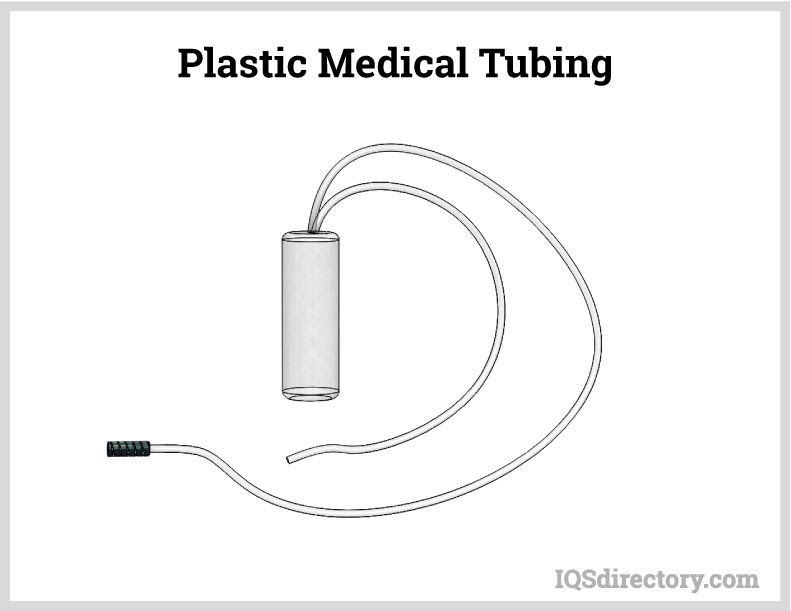
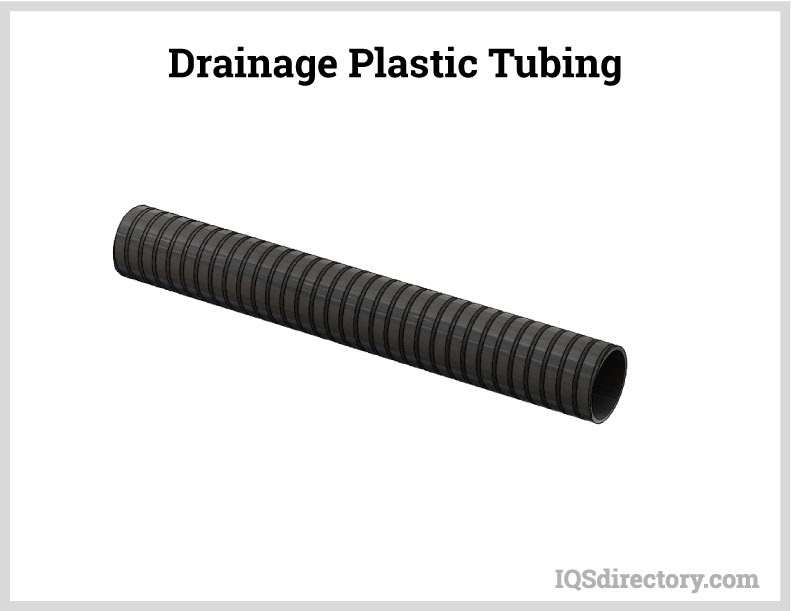
Plastic tubing can be manufactured to achieve clarity comparable to glass while being more durable and less prone to breaking.
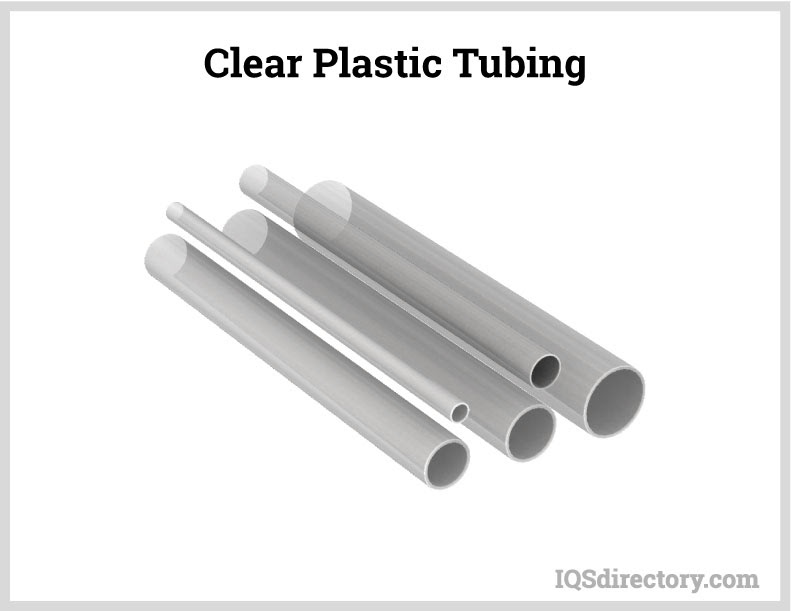
Plastic tubing can be engineered to withstand various conditions and handle different materials. Unlike some other tubing types, it often does not require special treatment to move chemicals or corrosive substances.
Although plastic does not match the tensile strength of steel or stainless steel, it is highly capable of enduring everyday wear and tear. Plastic tubing can sustain significant damage while still maintaining its strength.
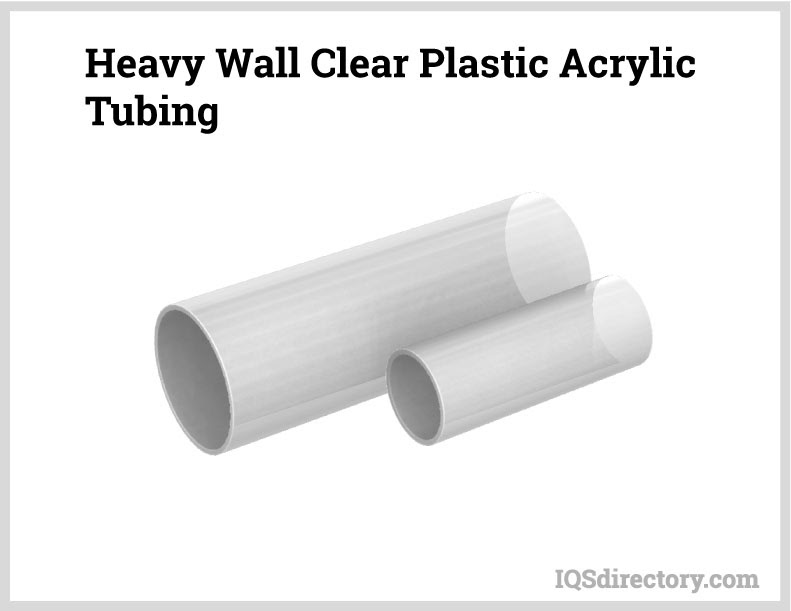
All plastics can be recycled and reprocessed into new products. When plastic tubing reaches the end of its useful life, it can be returned to be repurposed into pellets or resin and re-extruded for further use.
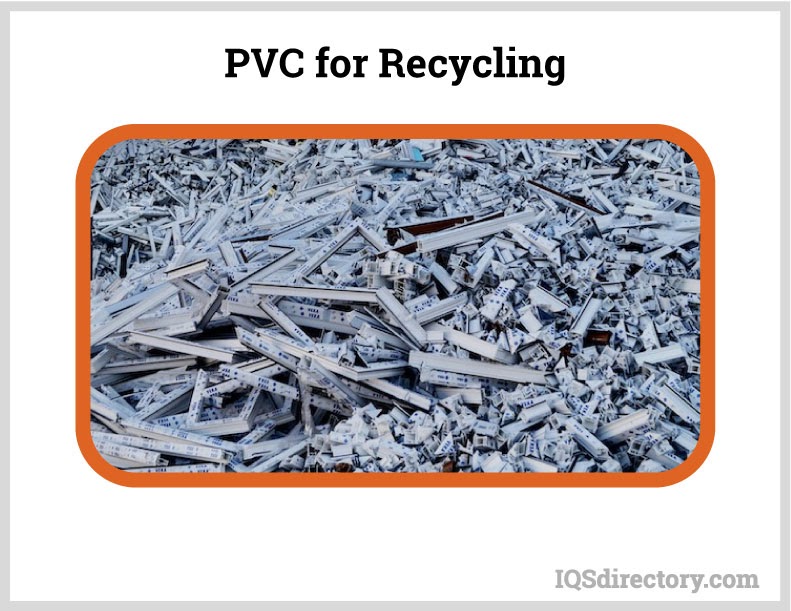
The variety of materials used to manufacture plastic tubing matches the diversity of its types, ranging from highly sanitary tubes for cleanrooms and surgical environments to drainage tubes for sewage and waste removal. Plastic tubing is engineered to meet specific application requirements and can be molded, shaped, and configured to suit various conditions.
Corrugated tubing is used in chemical processing, corrosive environments, laboratories, and for high-purity fluid and solvent transfer. It is highly flexible, allowing it to be extended or compressed without altering the inside diameter (ID). Corrugated plastic tubing can be manufactured in any length and with various IDs to meet specific needs.
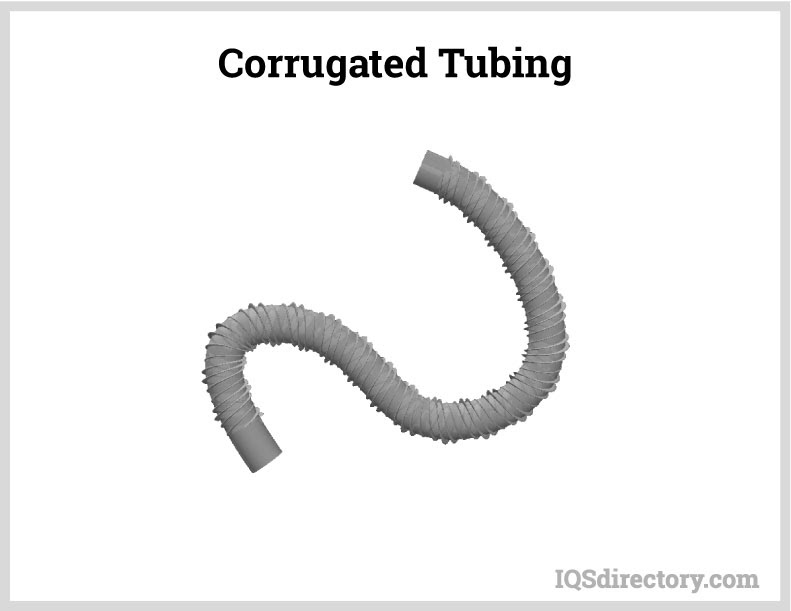
Heat shrinkable tubing is used for insulating wiring. It is applied around the wire and then shrinks to fit tightly. This tubing is resistant to fuels, lubricants, acids, and solvents, even at high temperatures.
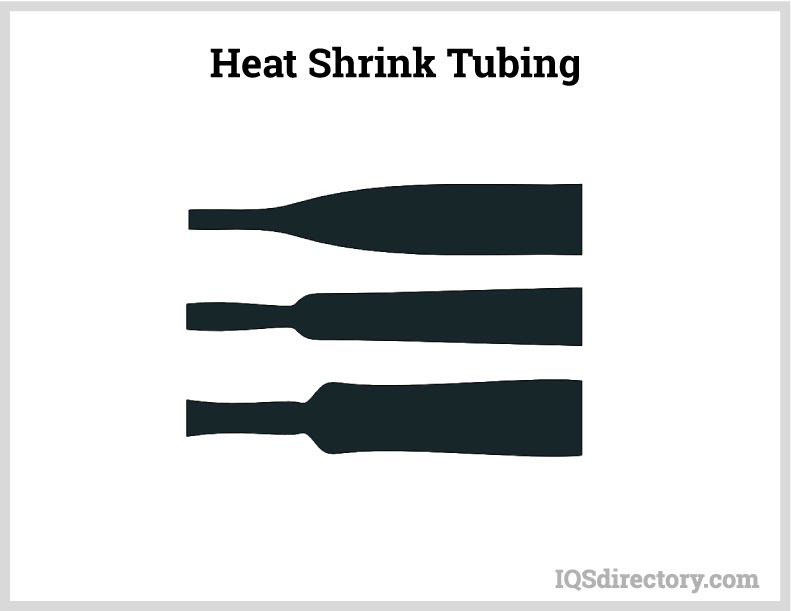
Medical plastic tubing is manufactured to the exacting standards of the United States Pharmacopeia (USP) and the National Sanitation Foundation (NSF). USP Class VI defines the requirements for biological reactivity, while NSF 51 outlines the use of plastics with food products. Medical tubing has to be translucent, able to be sterilized and reusable, and nonreactive with bodily fluids or tissues.
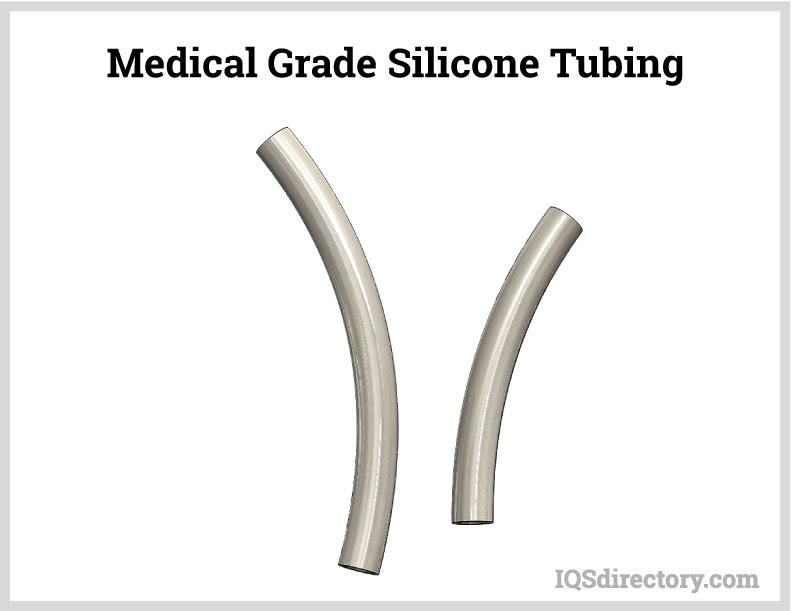
Square plastic tubing is less common but is occasionally used for its aesthetic appeal. It serves similar functions to cylindrical tubing and can transport liquids and gases. Its strength also makes it suitable for manufacturing lawn furniture.
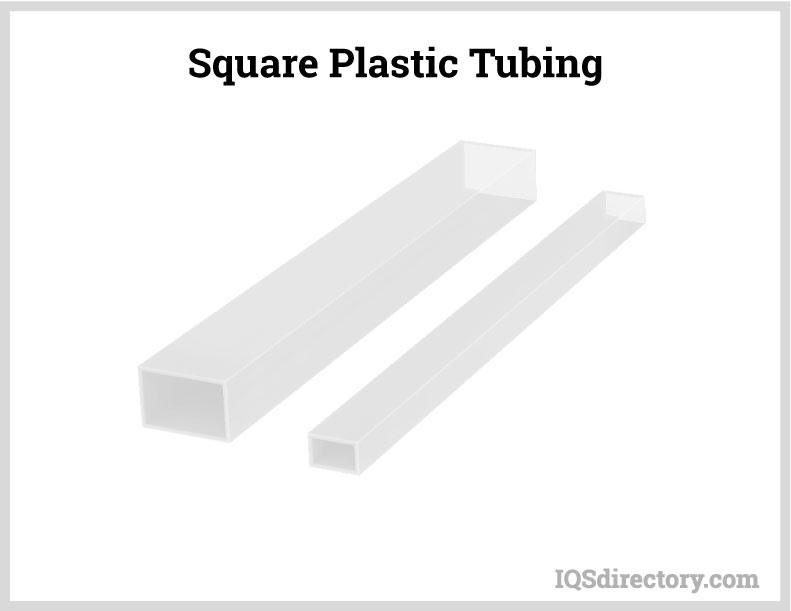
Hard or rigid plastic tubing is manufactured from various materials and is used both as a conduit and as construction material. It has a wide range of industrial applications due to its durability and structural integrity.
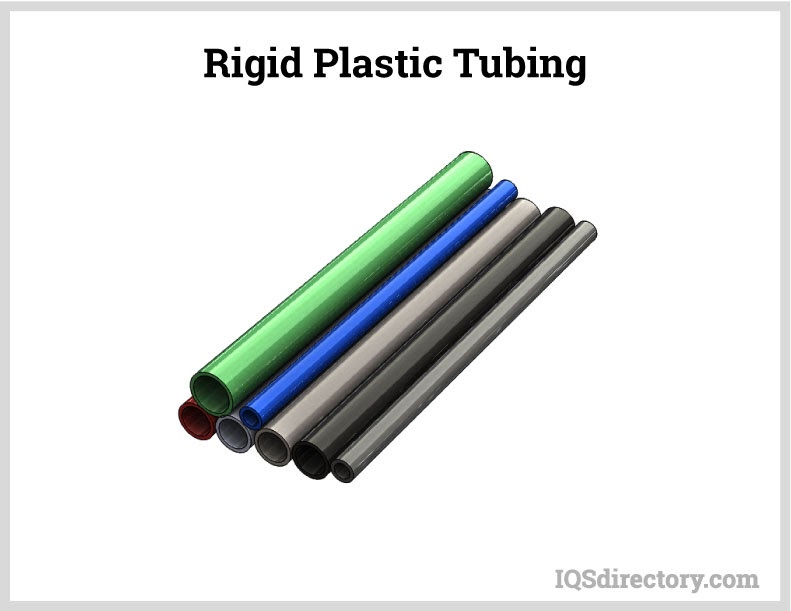
Small diameter tubing, or miniature tubing, is used in applications where standard tubing is required but on a smaller scale. It is made from materials such as polycarbonate, polypropylene, polyethylene, polystyrene, and PVC. This type of tubing is commonly used in electrical components, swab sticks, medical products, and dispensing tubes, and it can be produced in various lengths.
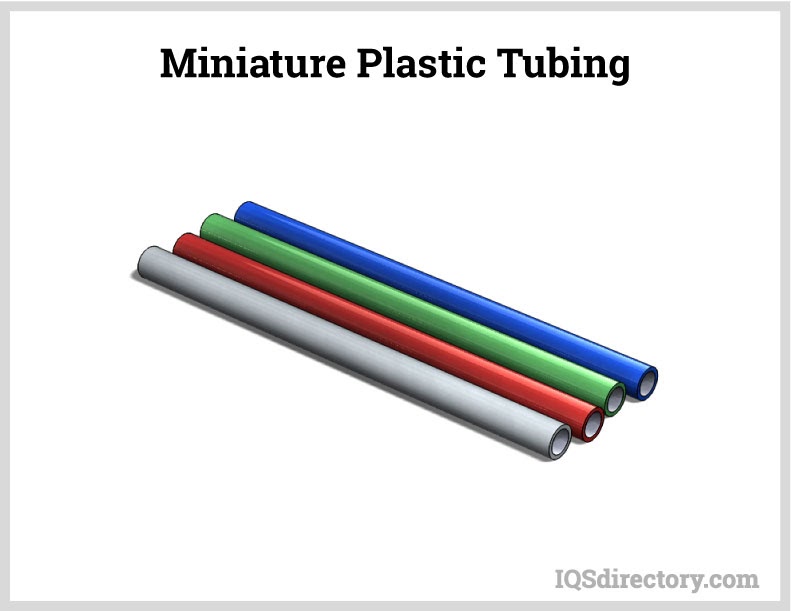
Centrifuge plastic tubing consists of cylindrical tubes used in centrifuge machines to analyze and separate materials. These tubes are high-strength and precision-engineered to safely contain a variety of substances. Due to their cost-effectiveness, plastic centrifuge tubes are more commonly used than their glass counterparts.
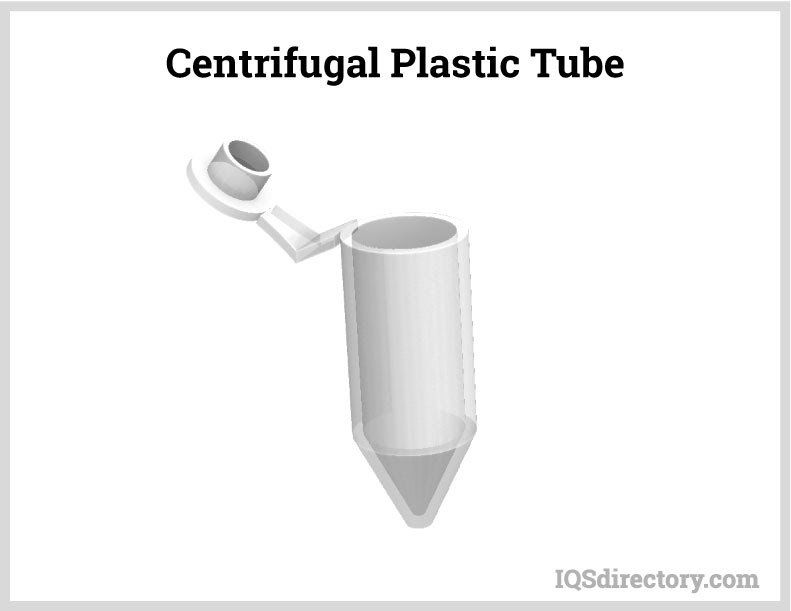
The regulations governing the production of plastic tubing primarily focus on its use in the food industry and for water transport. In addition to government regulations, various organizations establish and oversee guidelines for materials that come into contact with the public.
The FDA regulates products that come into contact with food or beverages. Given the significant role plastic tubing plays in the food industry, the FDA has set regulations to ensure cleanliness and sanitary standards for food processing tubing. Materials used in plastic tubing are tested for composition, additives, and properties. If they meet the FDA’s standards, they are deemed FDA compliant. FDA CFR 21 encompasses regulations for materials used in medical applications as well.
The USDA oversees equipment used in the production of meat and poultry products. Its Food Safety and Inspection Service (FSIS) provides guidelines that align with FDA requirements listed in CFR 9, ensuring safety and compliance in food production.
The 3A-Dairy group is a voluntary organization dedicated to improving the quality, standards, and equipment used in dairy product production. Its main focus is on enhancing sanitary conditions during production. The organization collaborates with food handling manufacturers to improve their methods and awards a 3-A Sanitary Standards, Inc. compliance seal to those who meet its criteria.
The NSF was established to standardize sanitation and food safety requirements, with over 80 standards for public health and safety. It covers all aspects of food production and includes critical examination and testing of equipment that contacts drinking water, such as plumbing systems, water treatment chemicals, and filters.
NSF Standards relevant to Plastic Tubing include:
The USP (United States Pharmacopeia) is a public standards authority for medicines and healthcare products, establishing criteria for quality, purity, strength, and consistency. USP Class VI standards specifically assess the toxicity of materials and their potential risks to human health. Tubes that come into contact with body tissues or muscles undergo rigorous testing and evaluation to ensure they meet these standards. The USP employs various tests to determine whether a material complies with its safety and performance requirements.

Nylon tubing, also known as polyamide tubing, is a type of tubing made from polyamide resin, which has a strongresistance to abrasion. It is used in high-pressure and high-temperature applications...
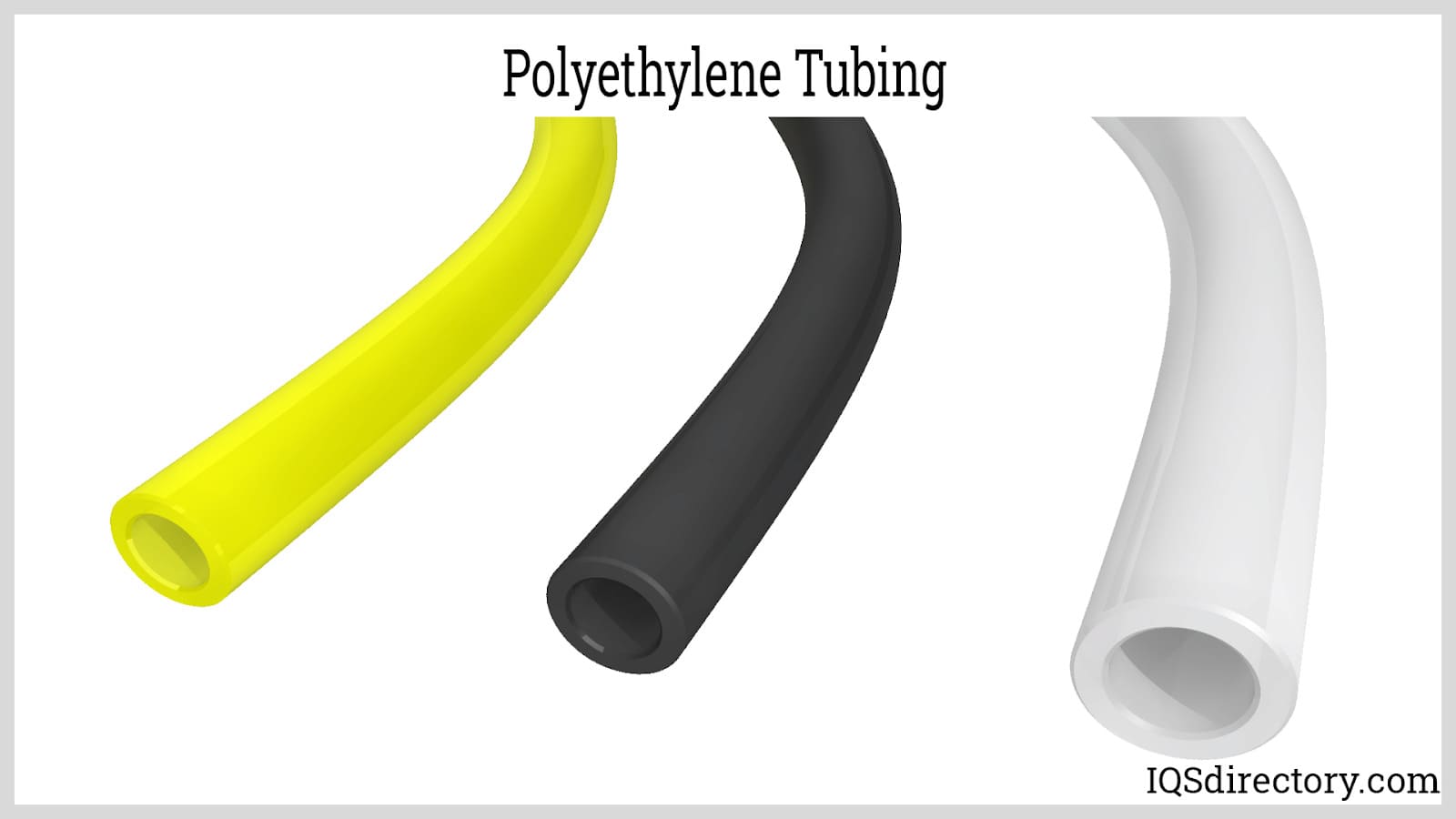
Poly tubing is a highly flexible, lightweight, and durable tubing that is produced from polyethylene, a polymer that is made from the polymerization of ethylene. It is a very versatile form of tubing that has break and crack resistant walls...

PVC is a tough chemically resistant synthetic polymer of vinyl chloride used especially for making pipes, films and electrical insulation. It is made by polymerizing vinyl chloride, and...
Silicone tubing is a very tough elastomer that exhibits high strength, flexibility, and resistance. Silicone tubing can be stretched without tearing and is highly versatile. It cannot be weakened with repeated bending and twisting due to...
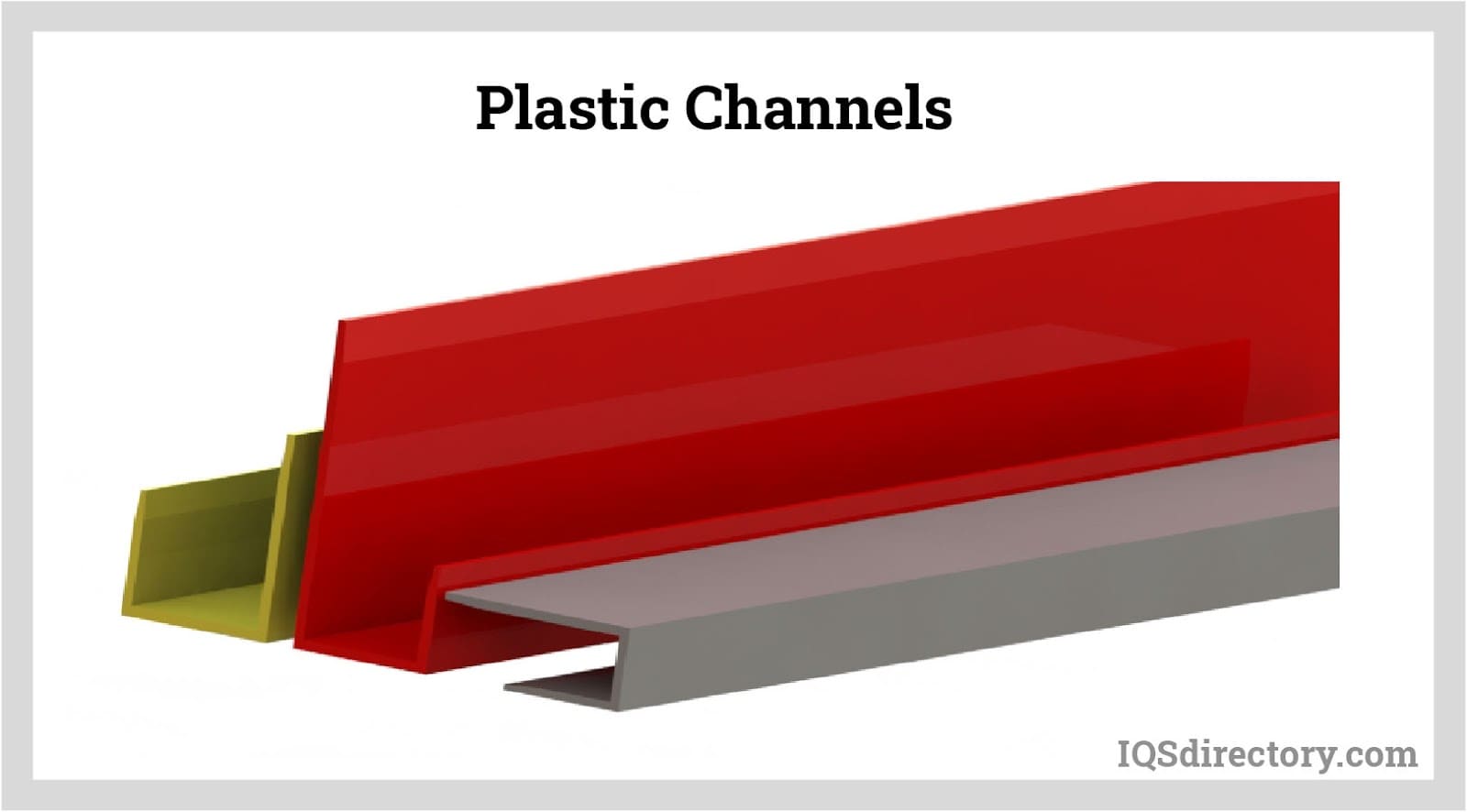
Plastic channels are plastic products that have linear extruded profiles. They have a constant cross-sectional shape across their axis. They are long and narrow structures, and their depth is relatively short. These products serve a variety of functions and uses...

Plastic extrusion, also known as plasticating extrusion, is a continuous high volume manufacturing process in which a thermoplastic material -- in a form of powder, pellets or granulates -- is homogeneously melted and then forced out of the shaping die by means of pressure...
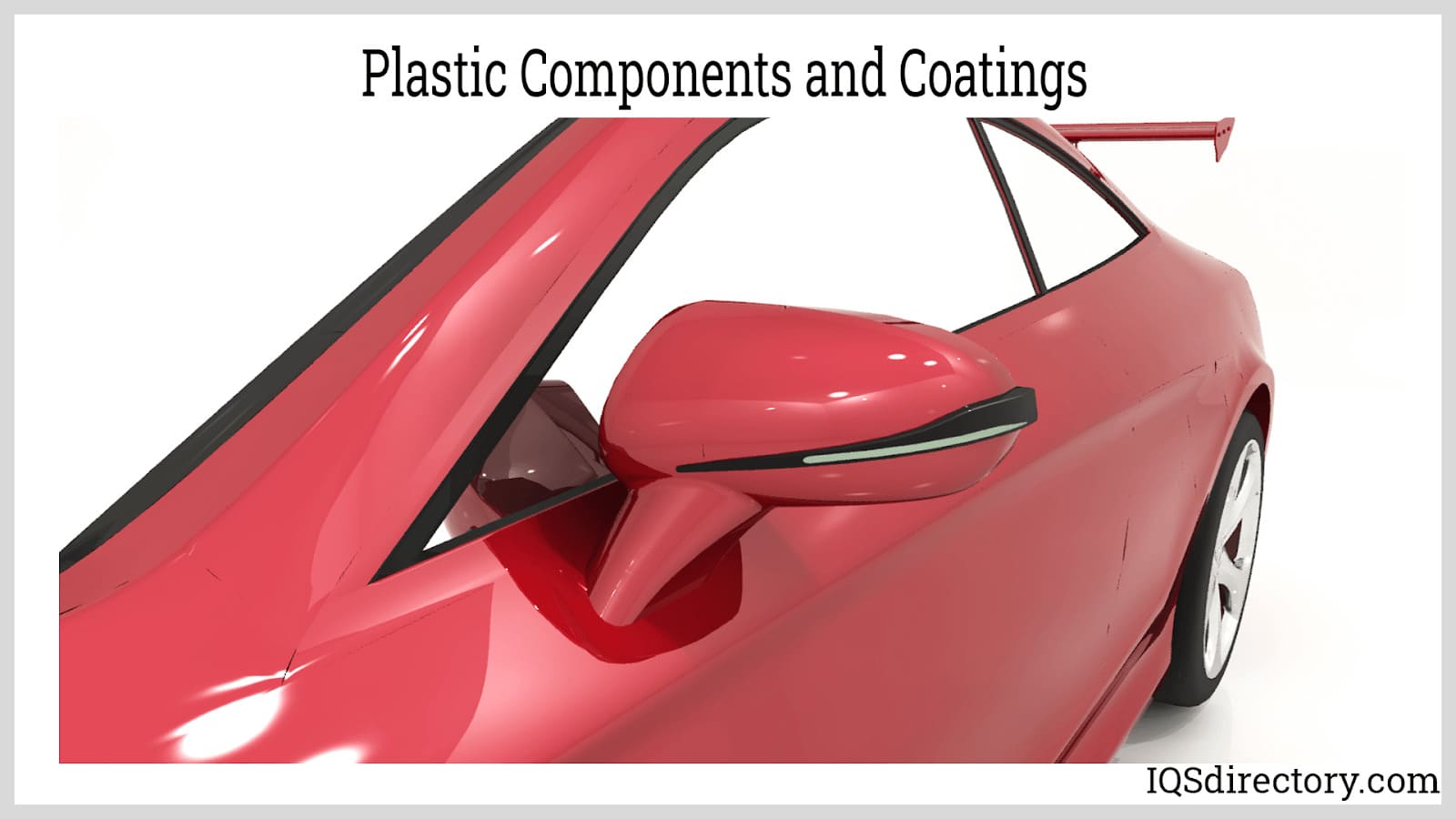
Plastic materials are objects artificially made from organic compounds called polymers along with other additive components. They possess excellent formability, making them extremely versatile for many different fabrication and manufacturing processes...
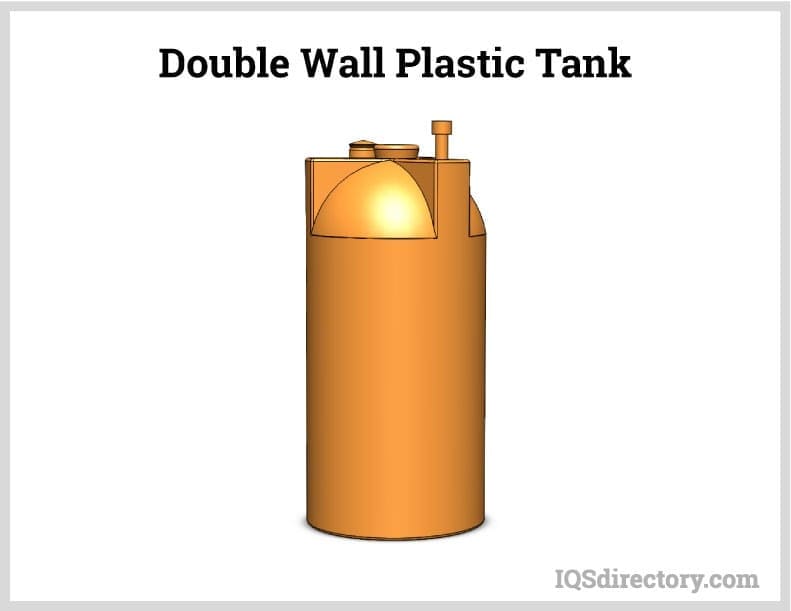
A plastic tank is a large capacity liquid or granular storage unit that can be vertical, horizontal, below or above ground, as well as movable. They are designed to hold several gallons of a variety of substances for long periods without experiencing wear, weathering, or deterioration...
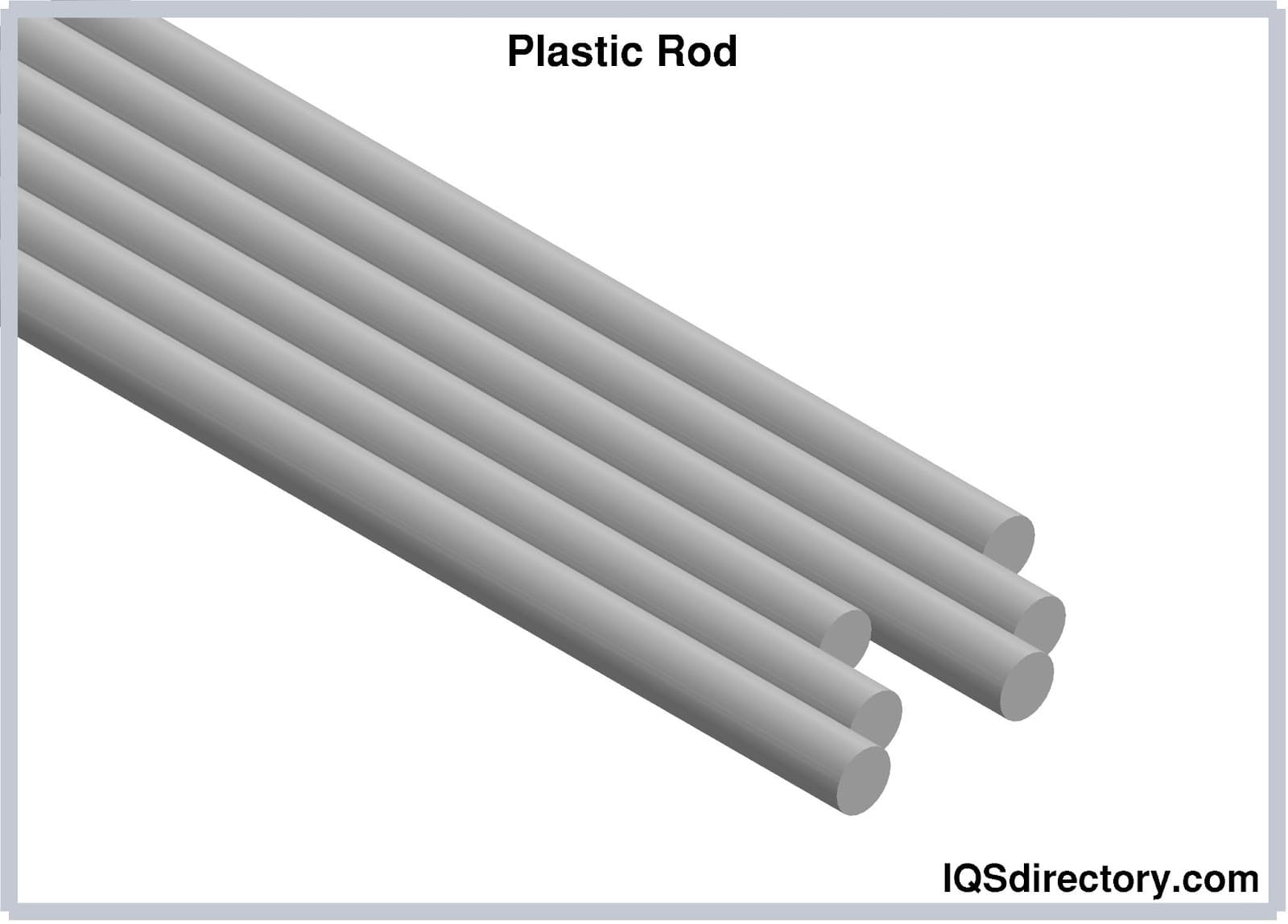
A plastic rod is a solid plastic shape made by the process of plastic extrusion or plastic co-extrusion. These have a contrast of plastic tubing and hollow plastic profiles. Plastic rods are found in various industries, including...
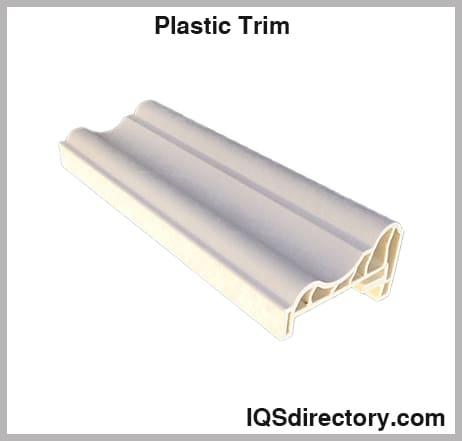
Plastic trim products are extruded linear profiles that can be made to any length. Because of its ability to attach, hold, and seal, plastic trim has many applications. Plastic, HDPE, LDPE, butyrate, PVC, acrylic, and...
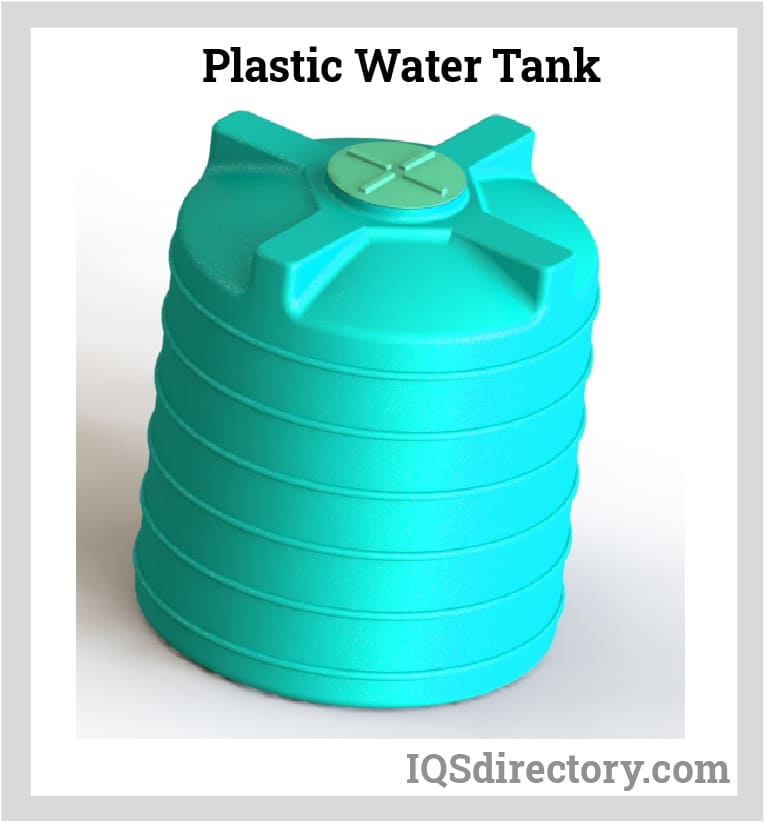
A plastic water tank is a large capacity container designed to store water for household, agricultural, irrigation, and industrial manufacturing use. There are various types of water tanks produced to meet the needs of specific applications, with...
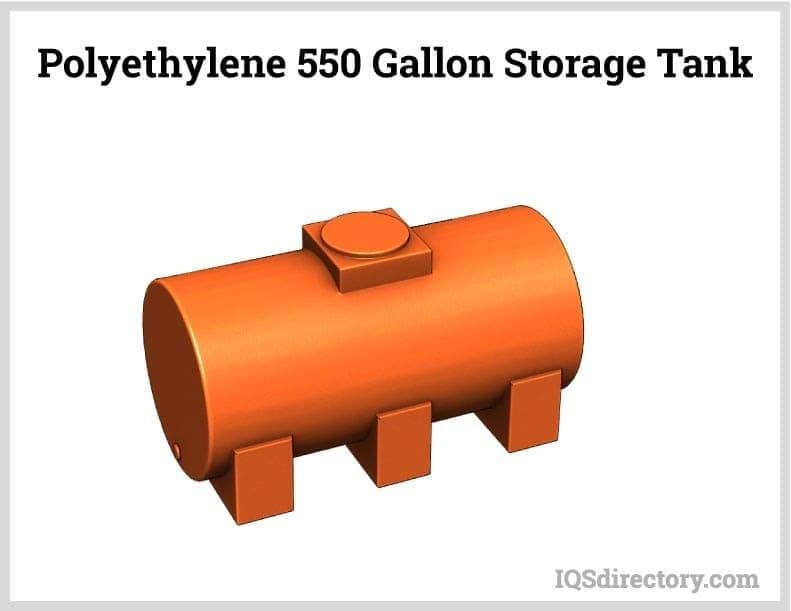
A poly tank is a plastic storage tank used to store, transport, and collect water, other liquids, and granular or powder materials. They are made of polyethylene or polypropylene and are a cost effective, lightweight, and easy to handle...
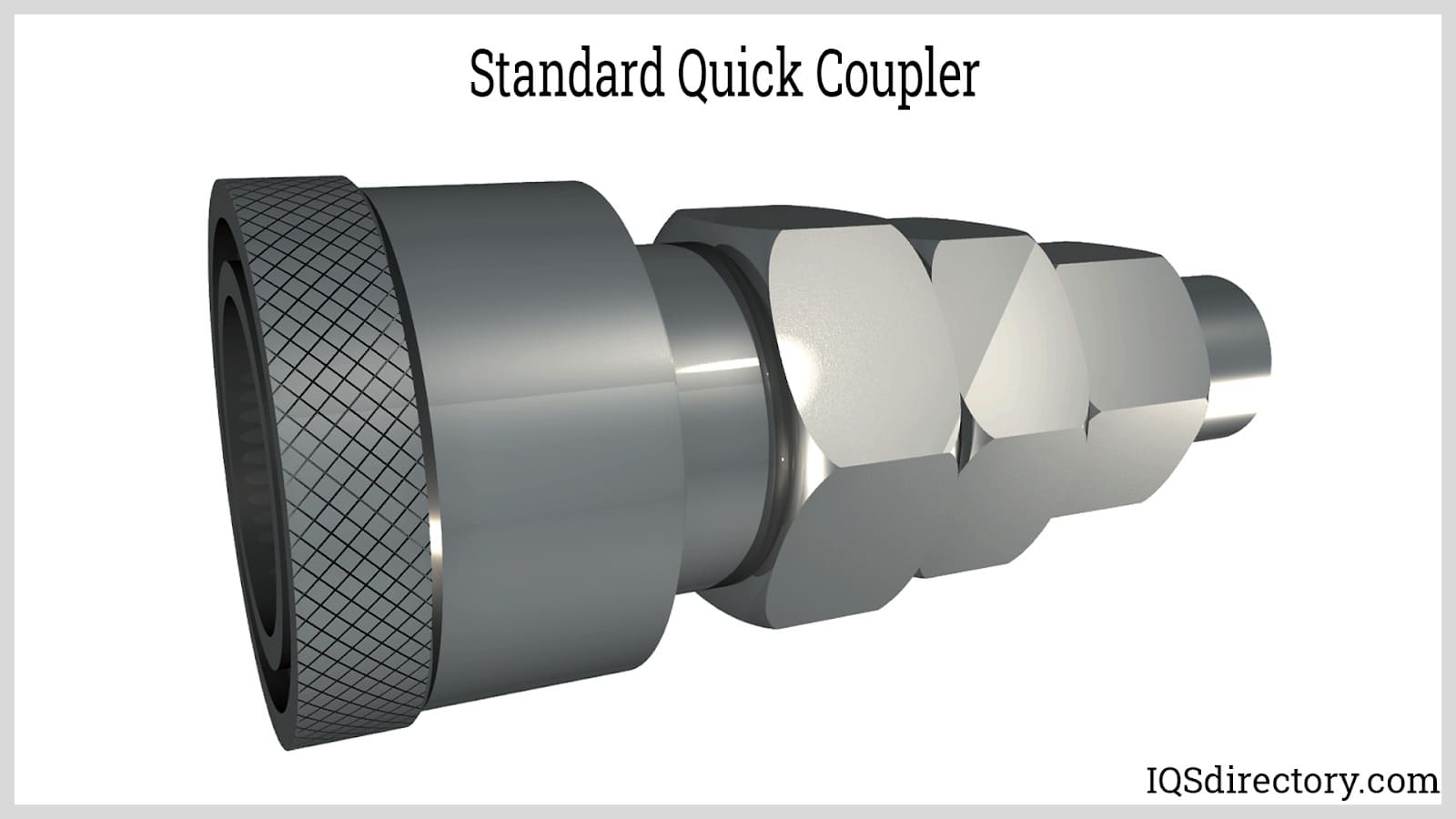
A coupling is a device that is used to transmit power between two shafts connected together at their ends. Couplings serve one primary purpose: to join two pieces of rotating equipment together, while...